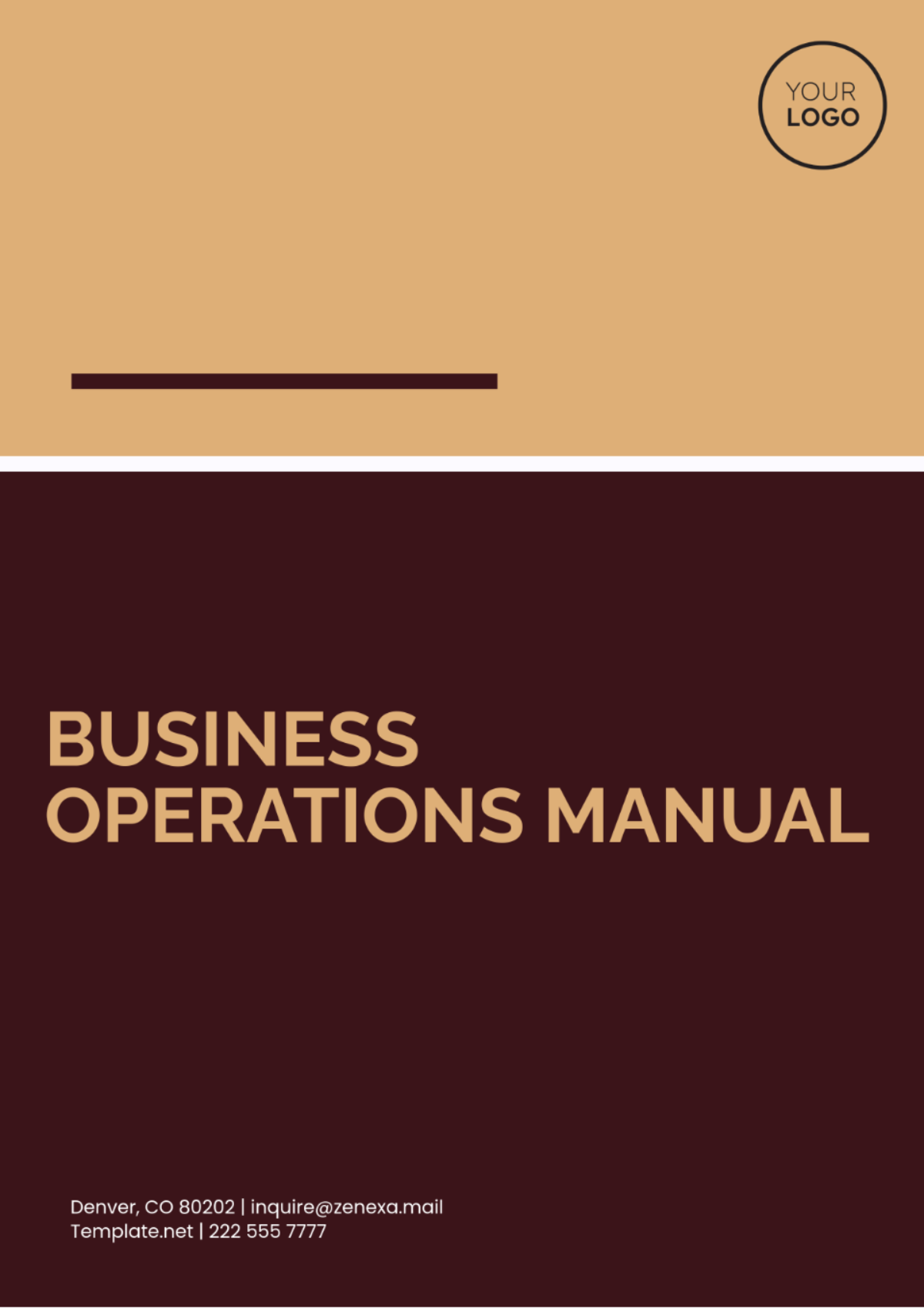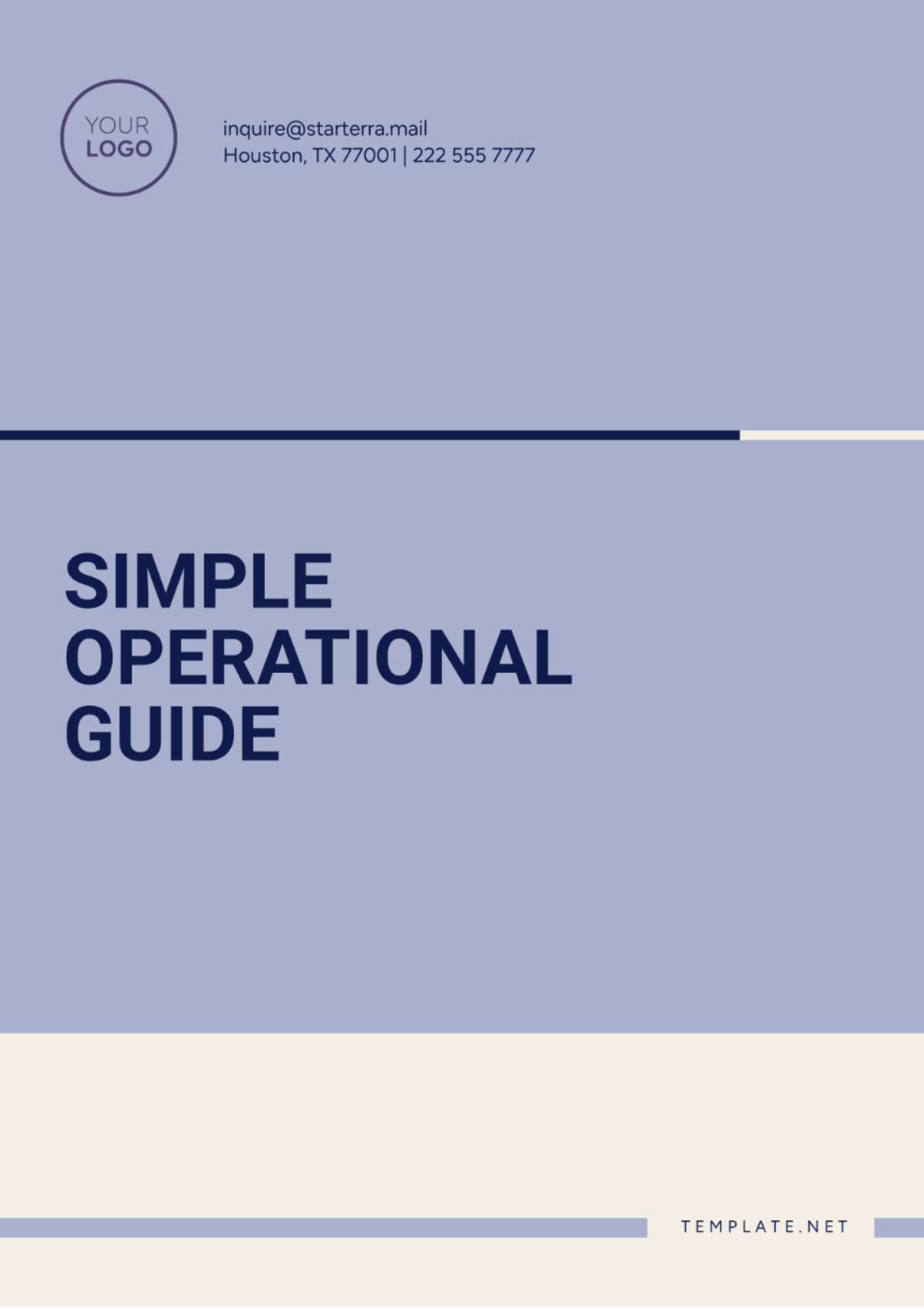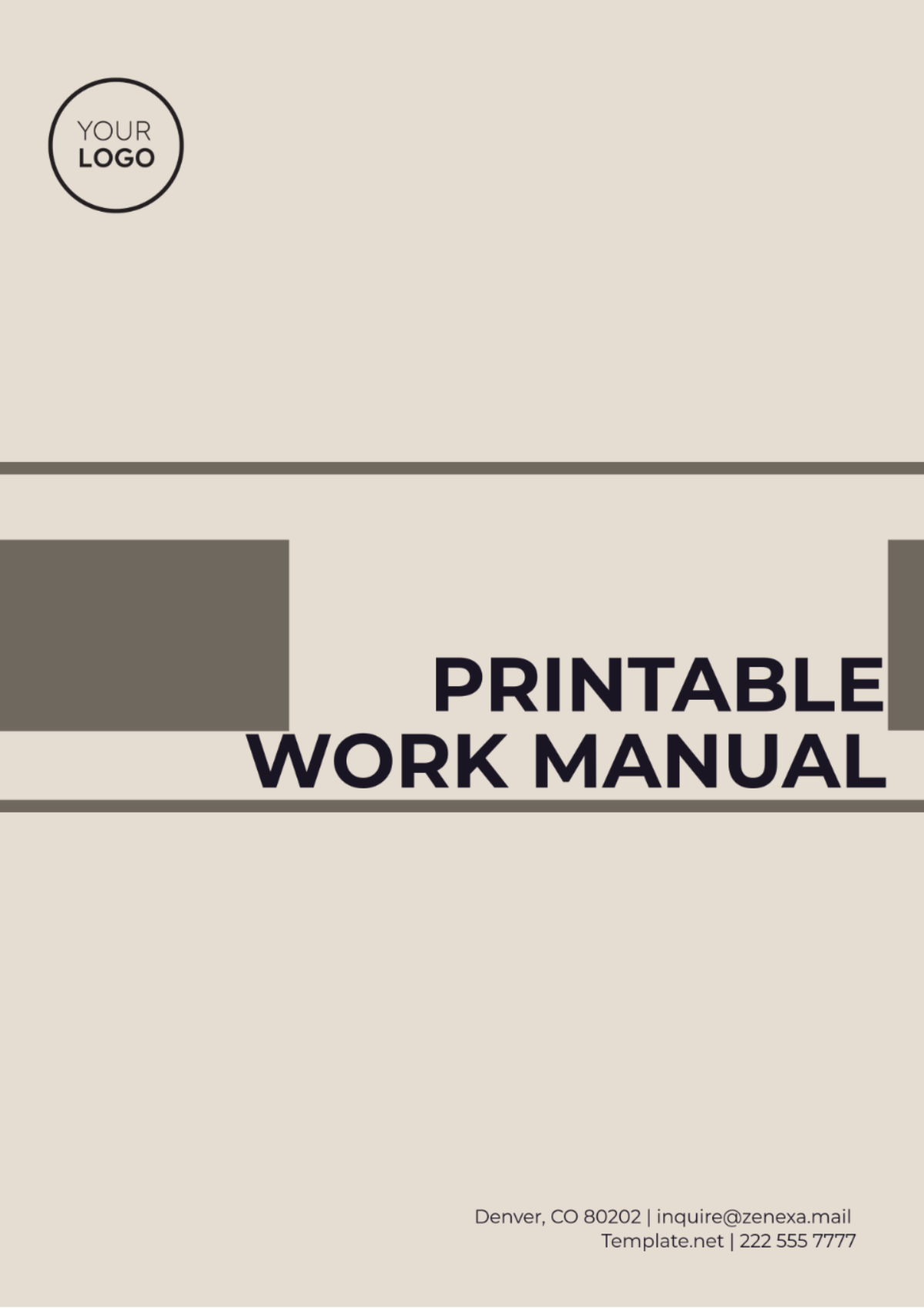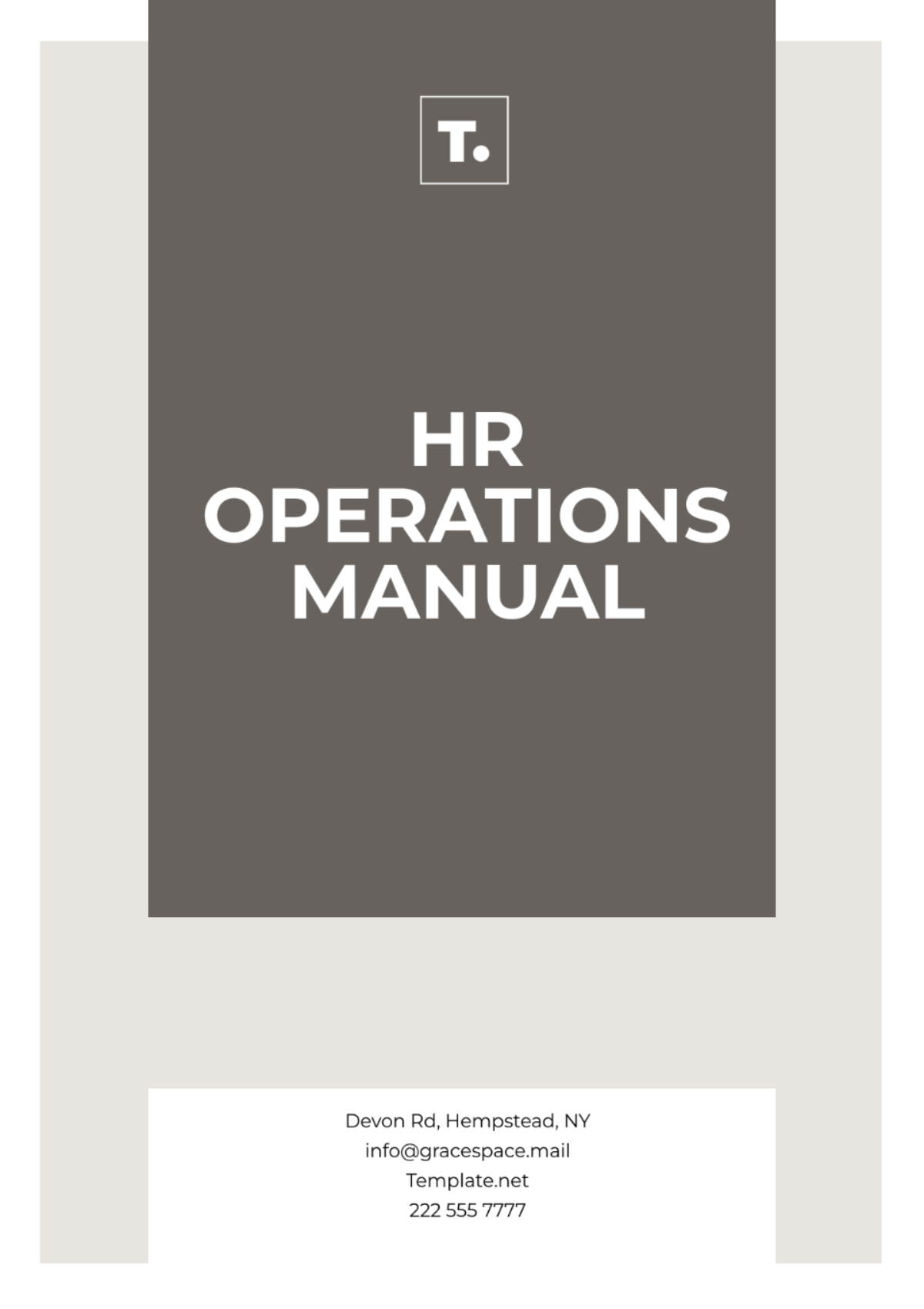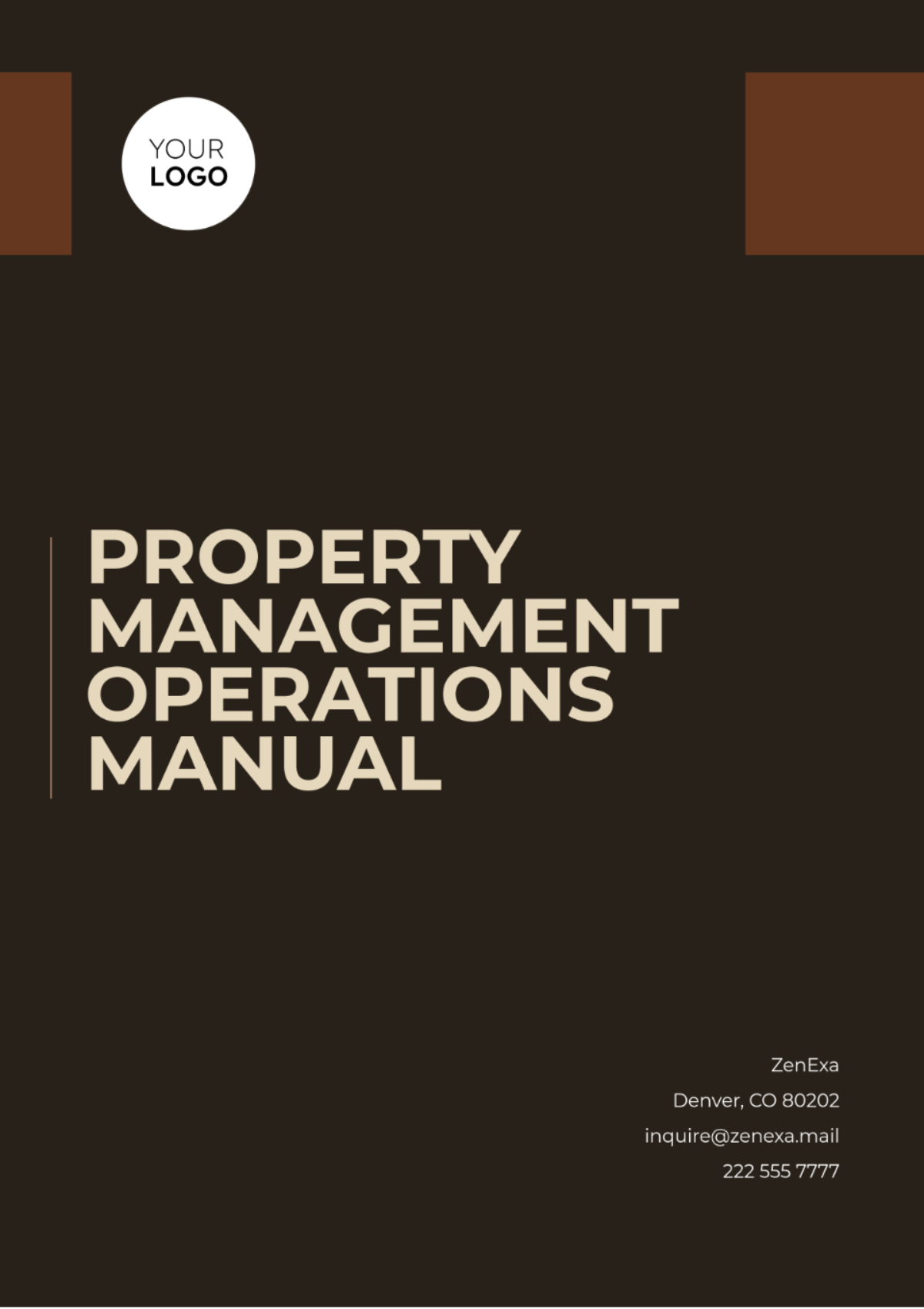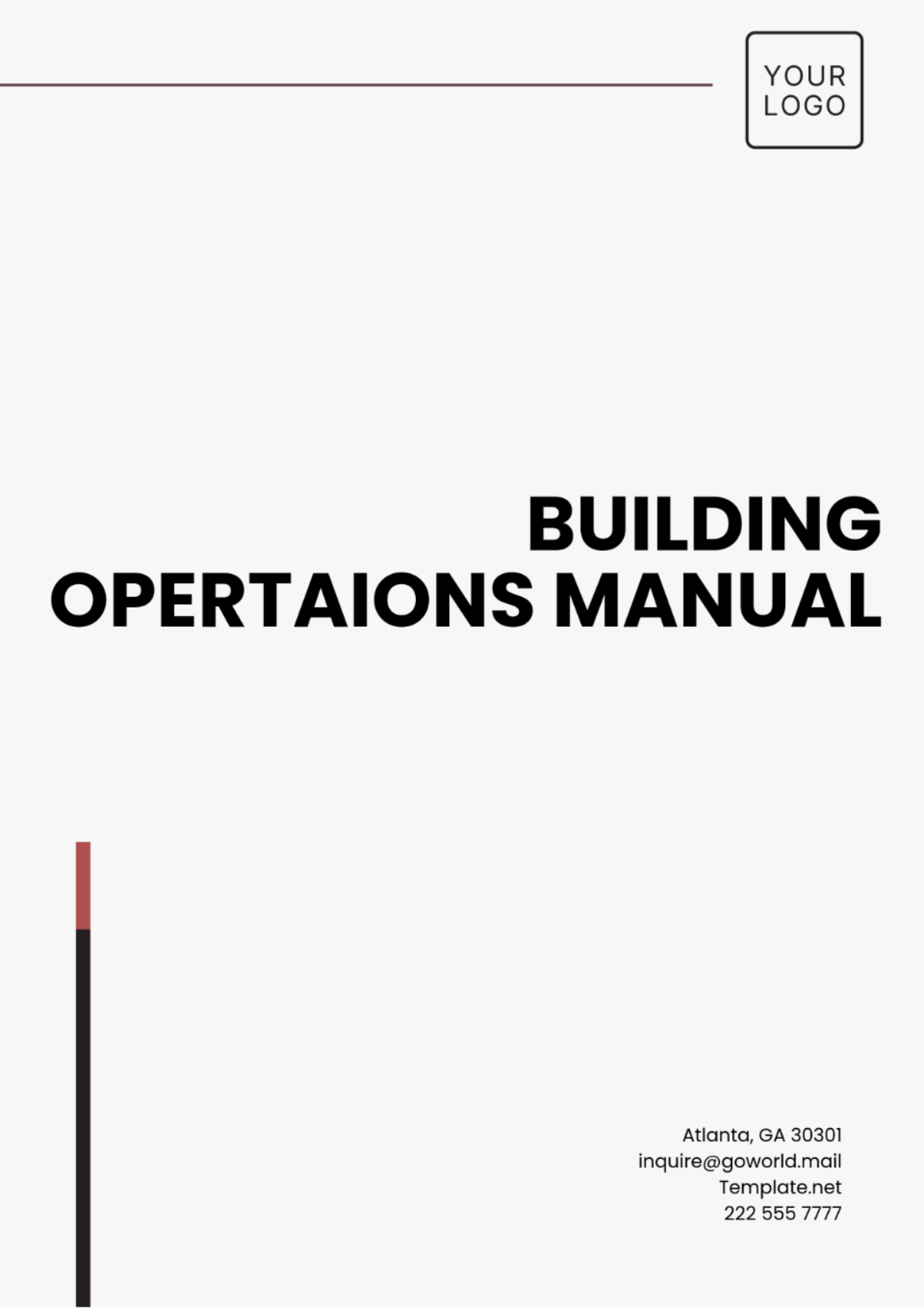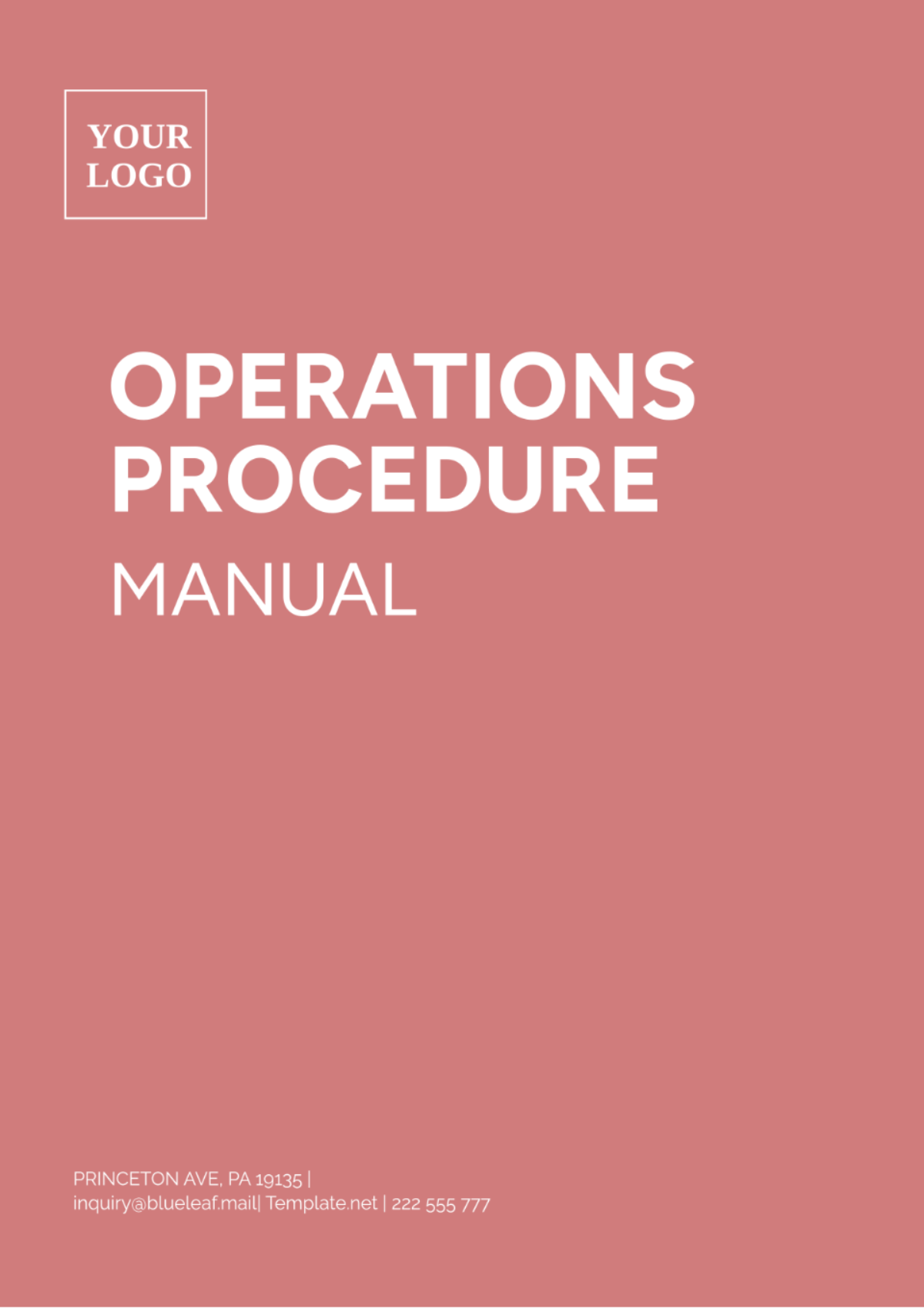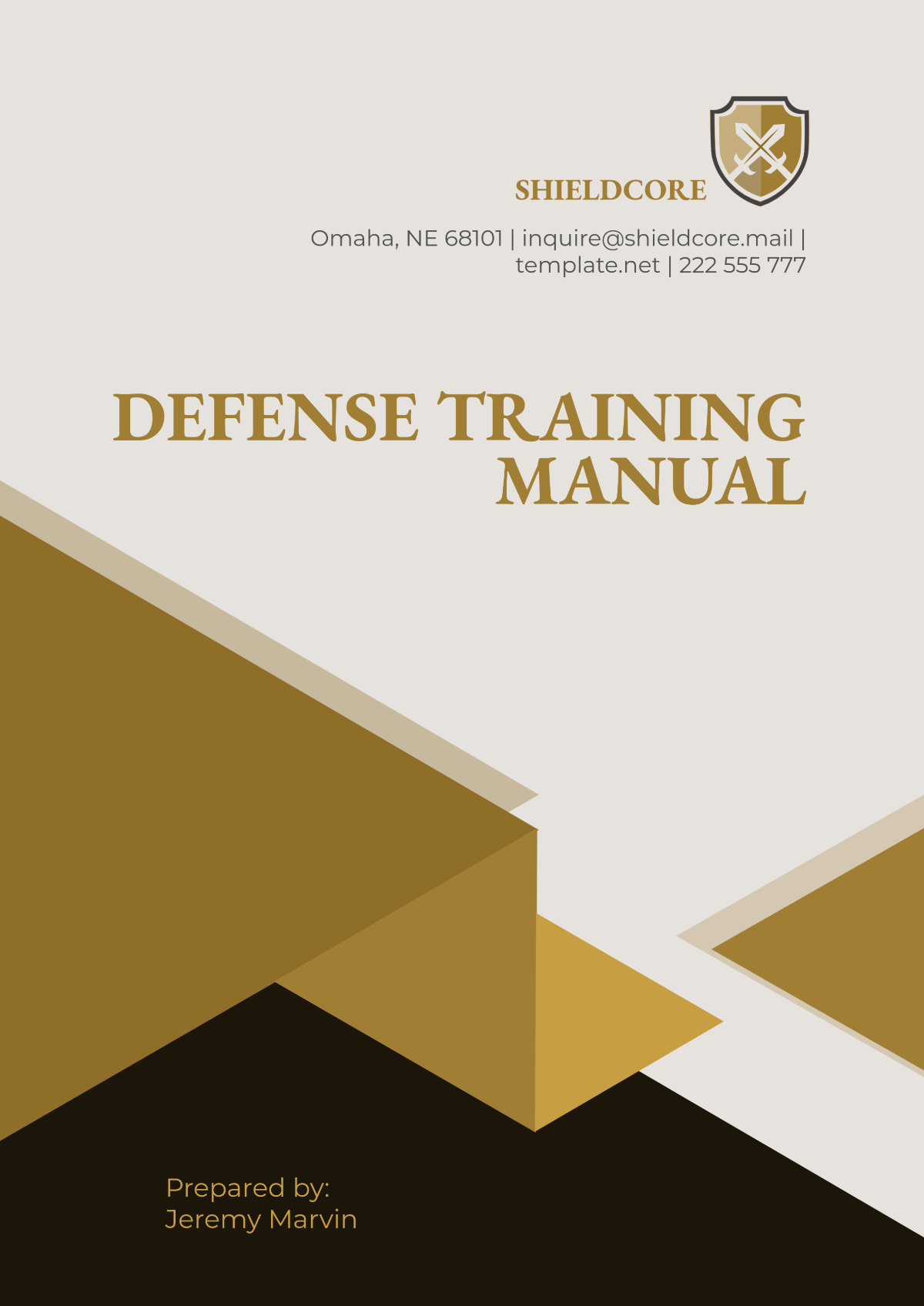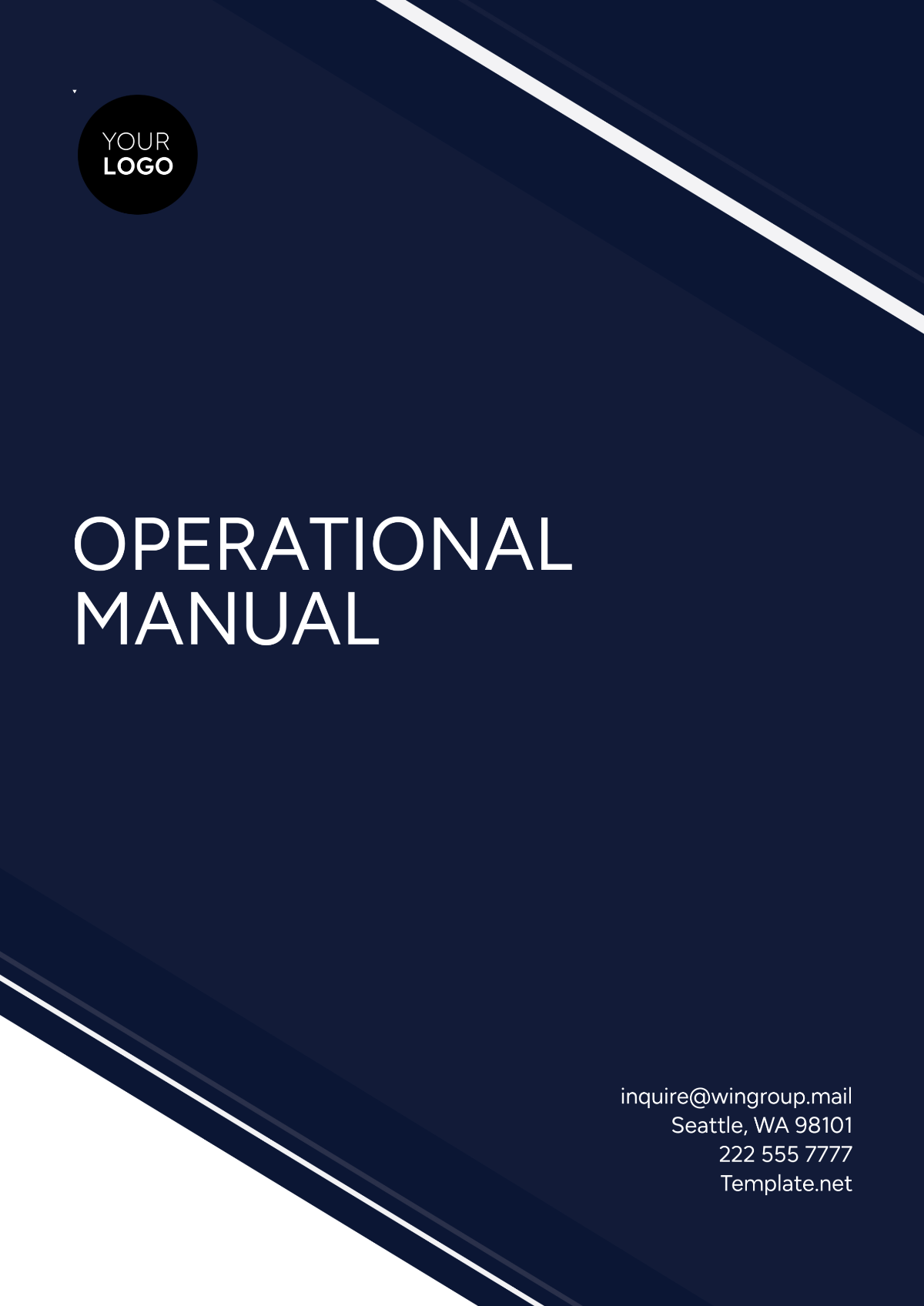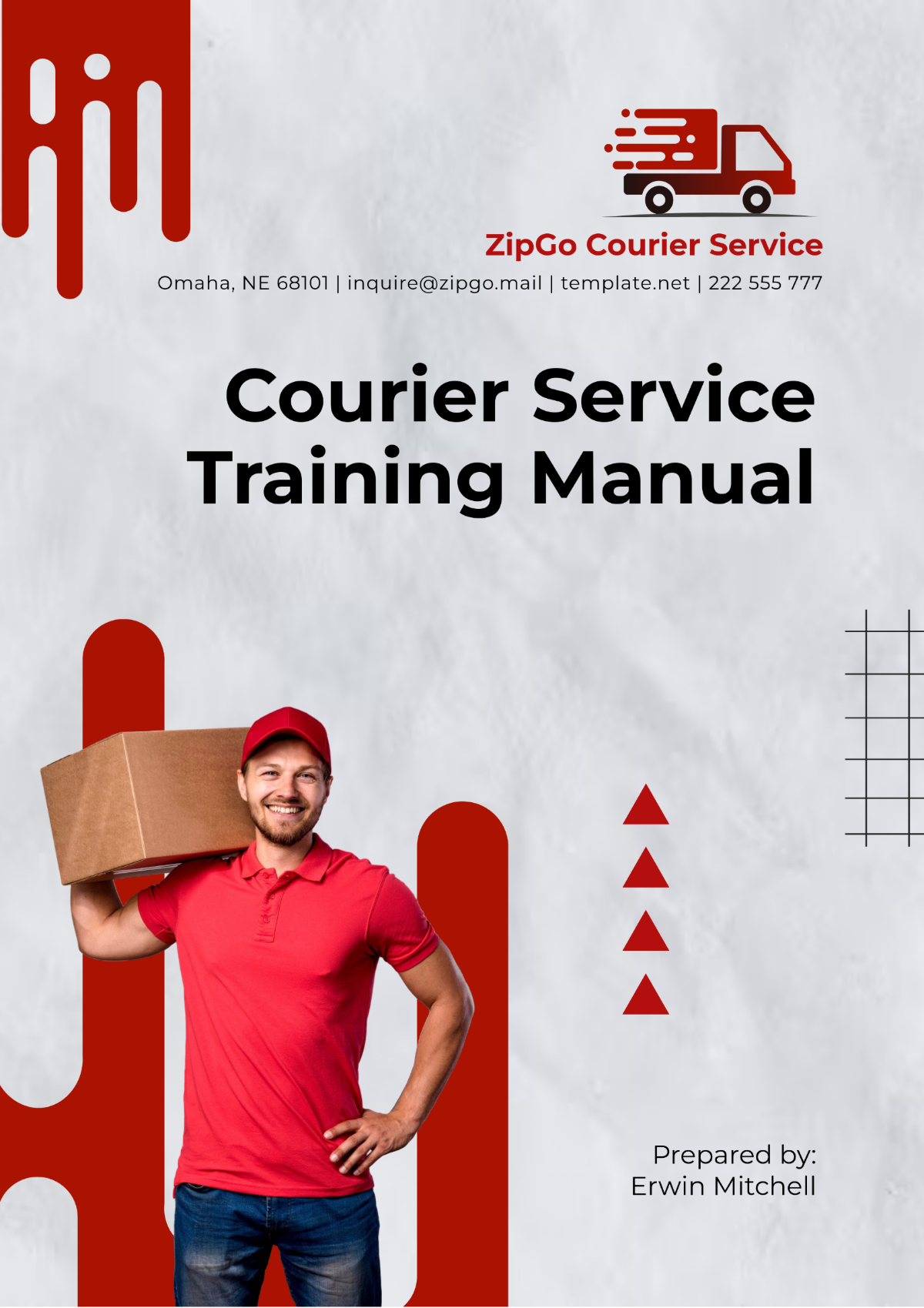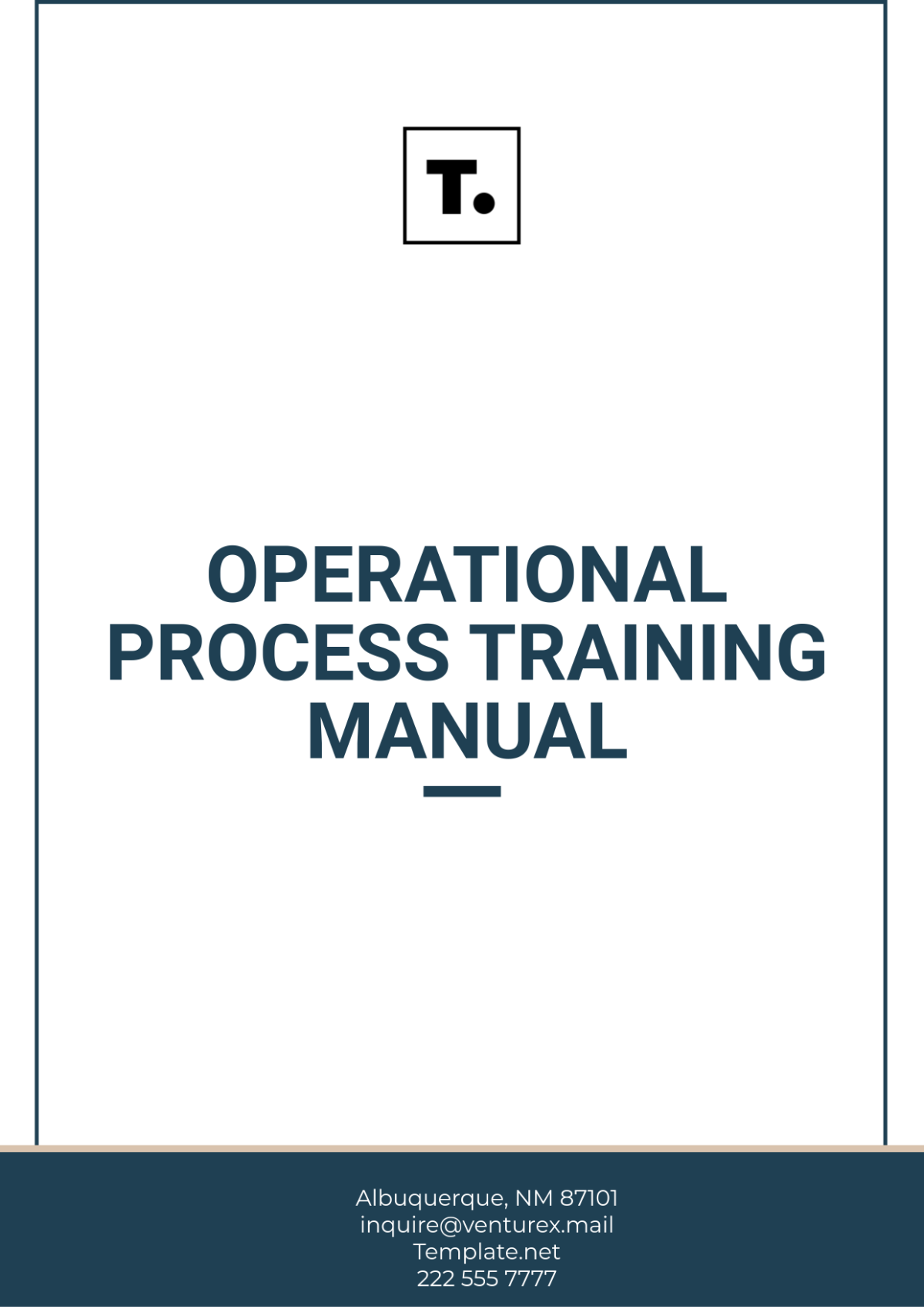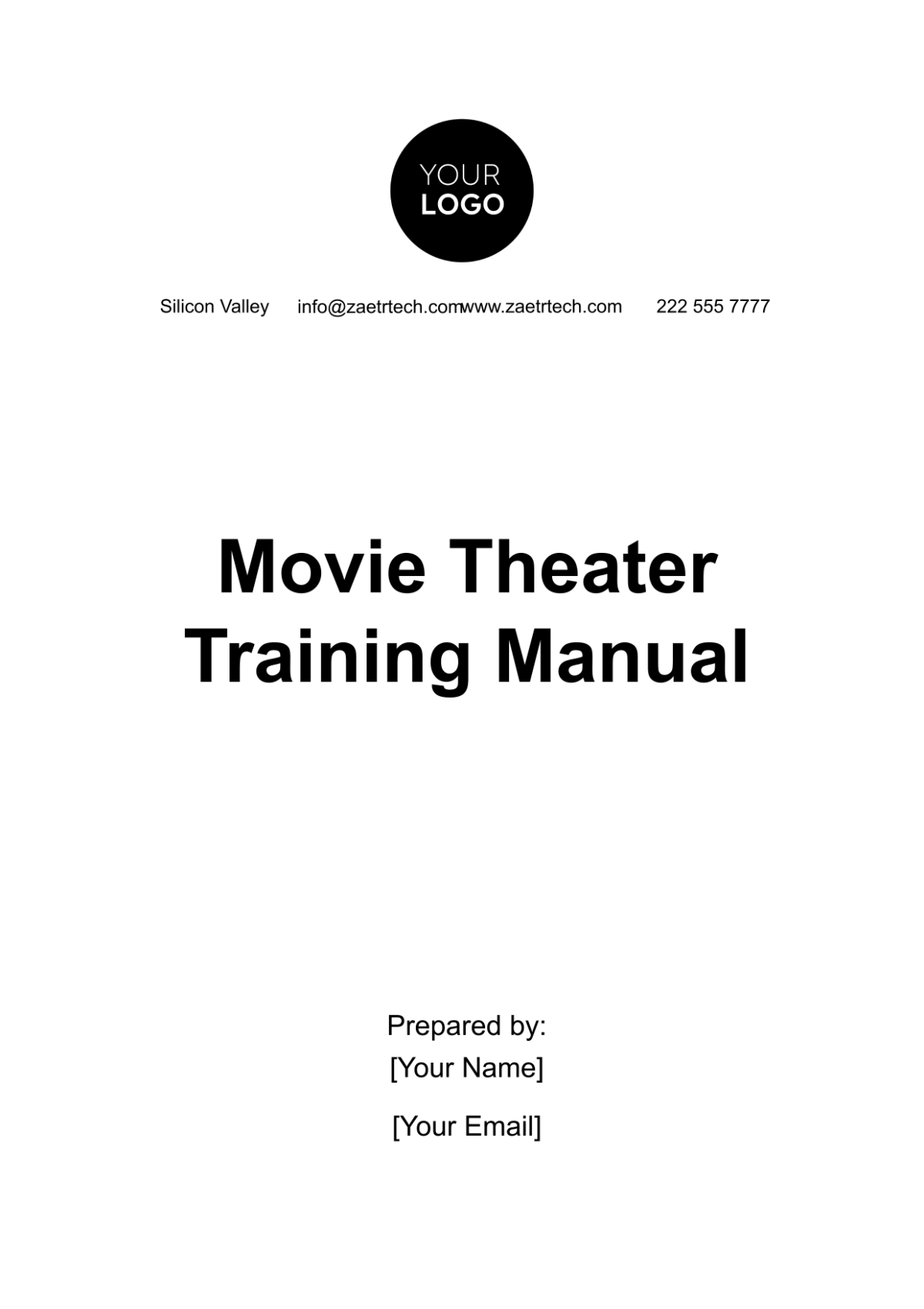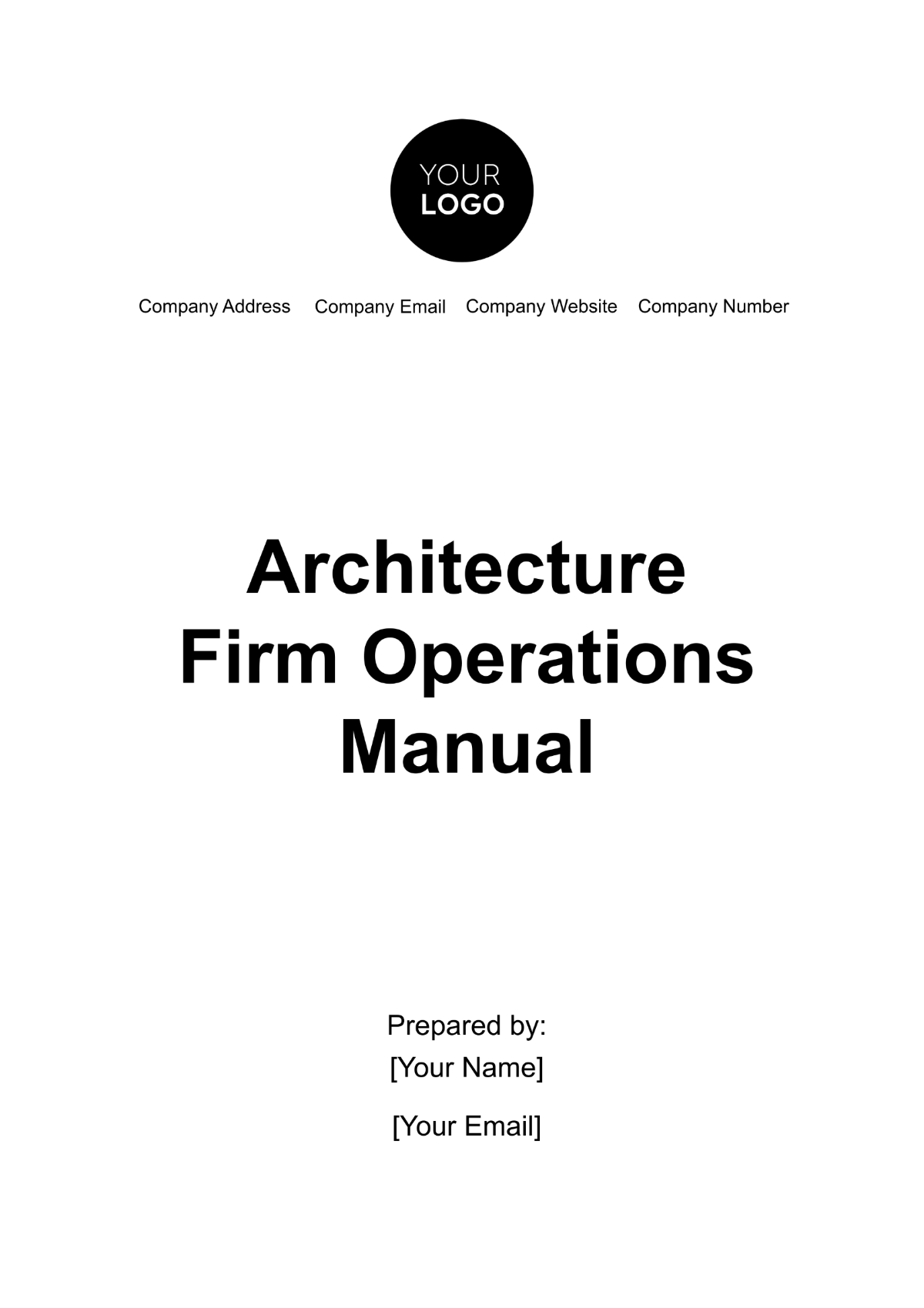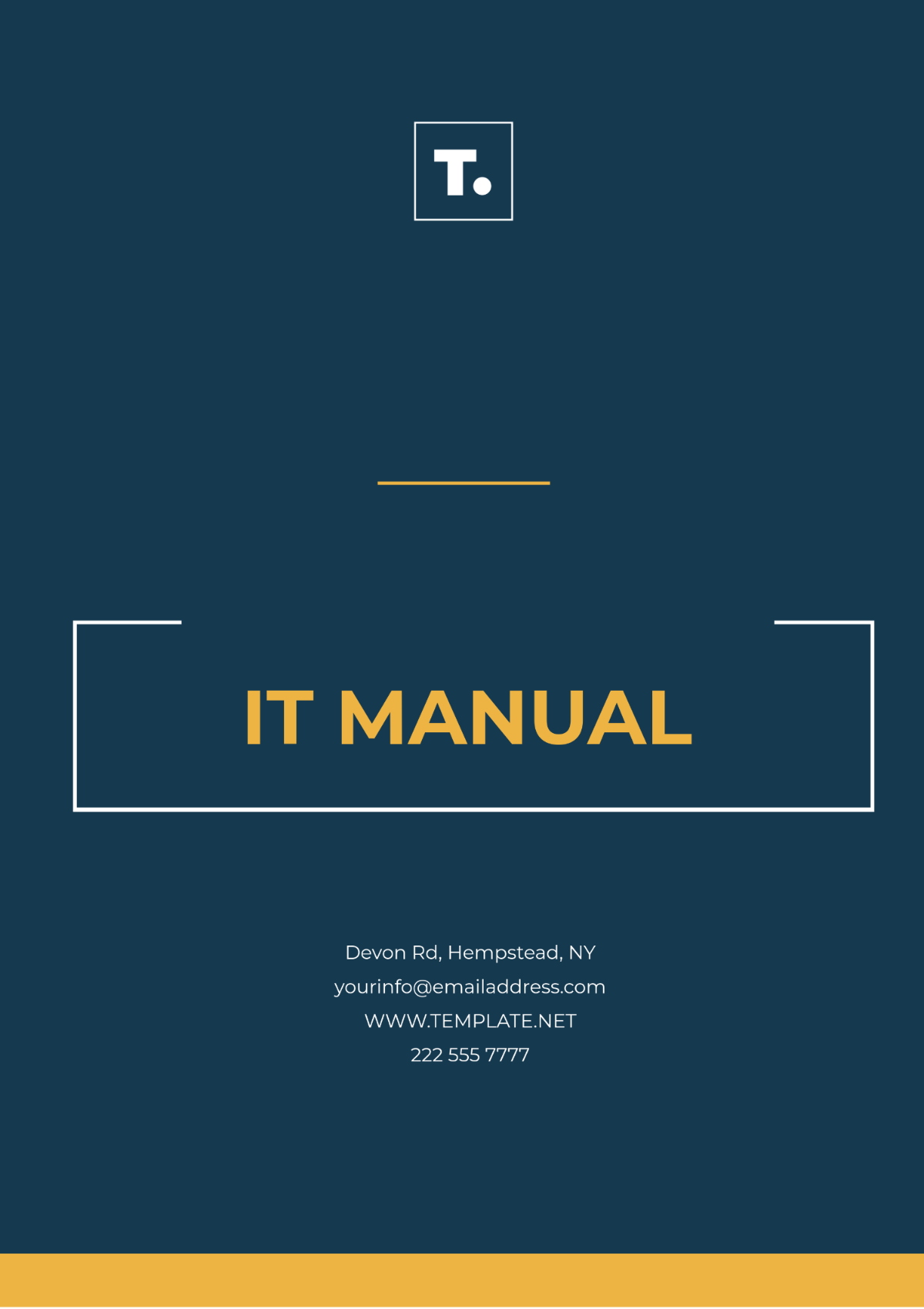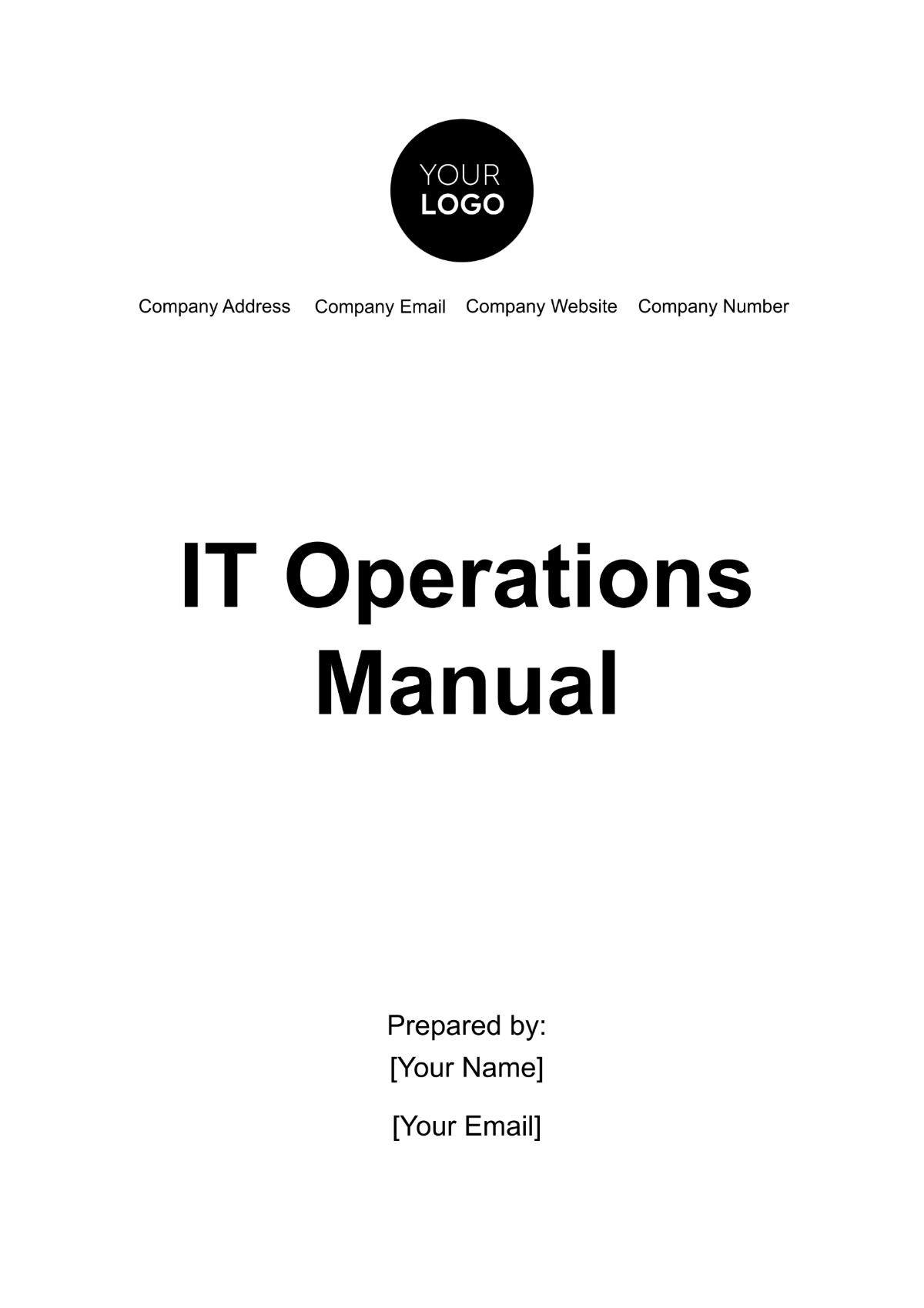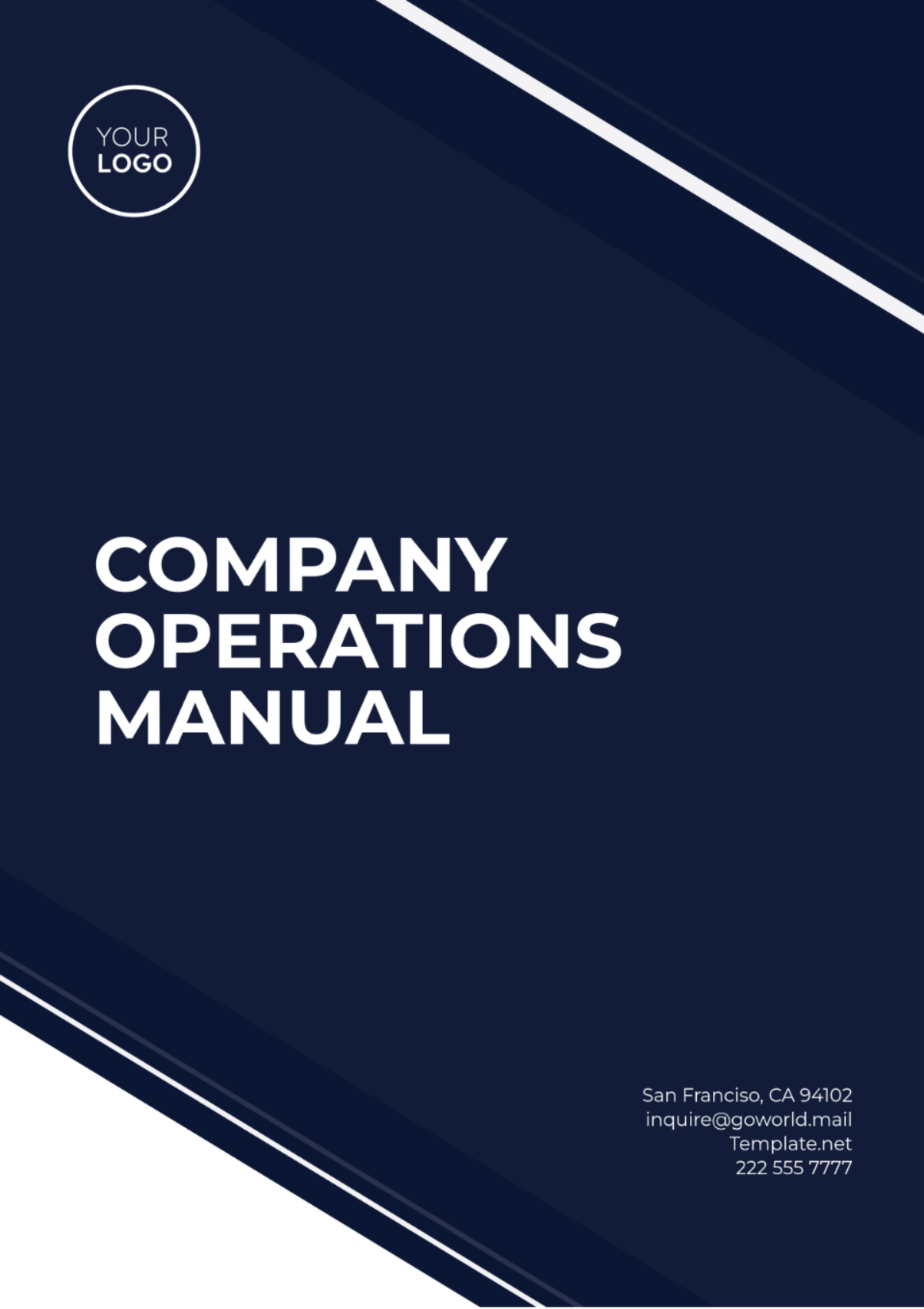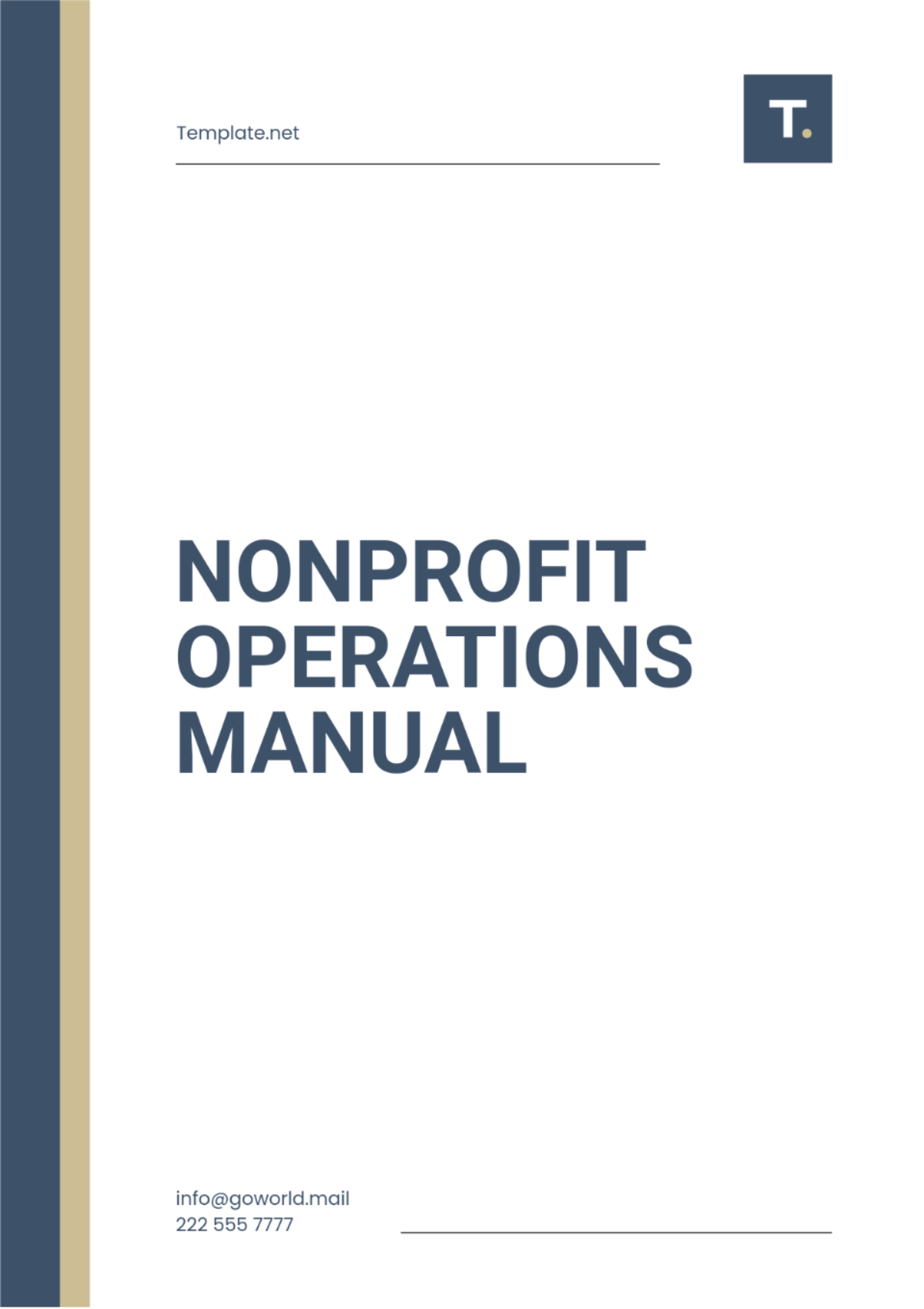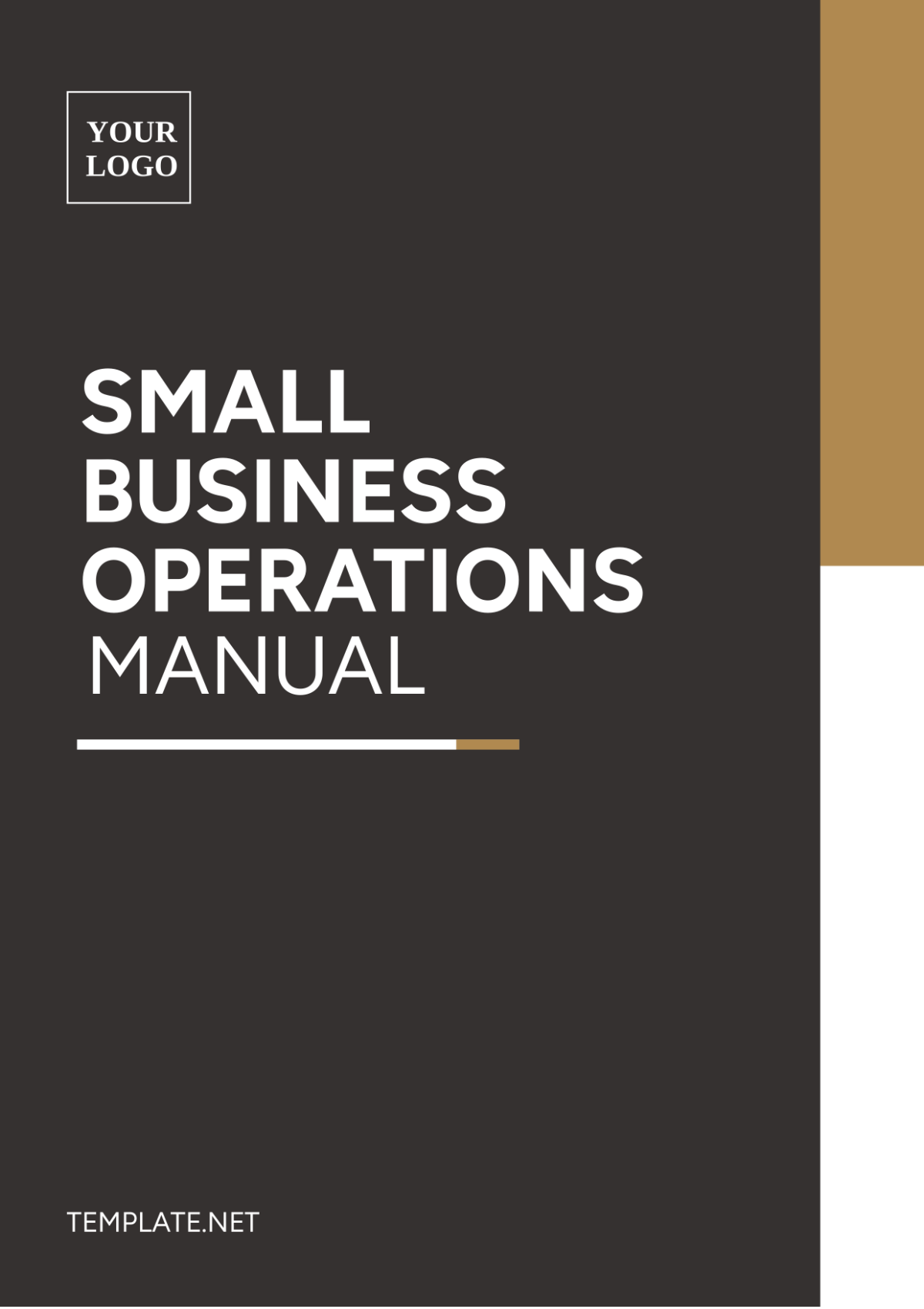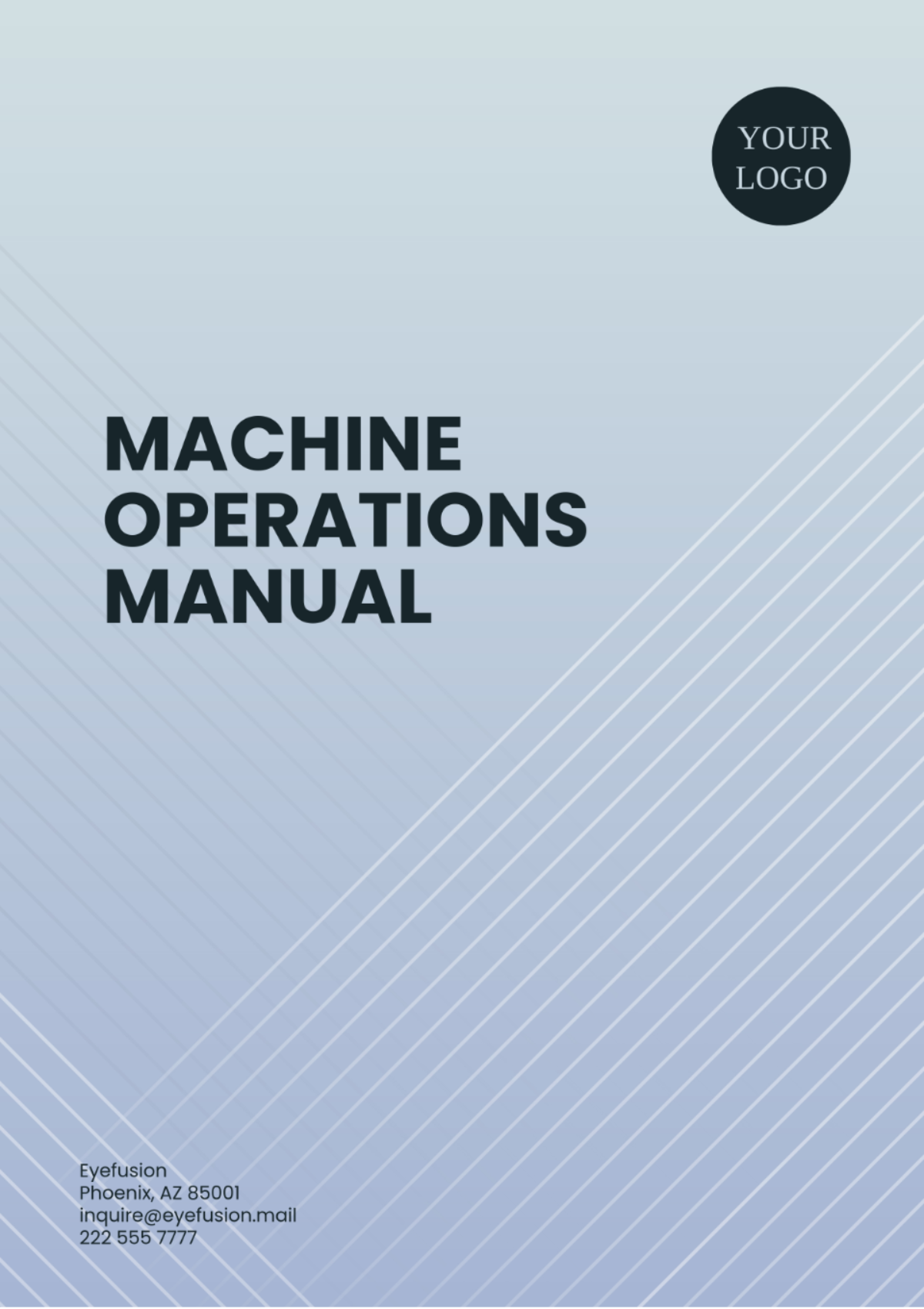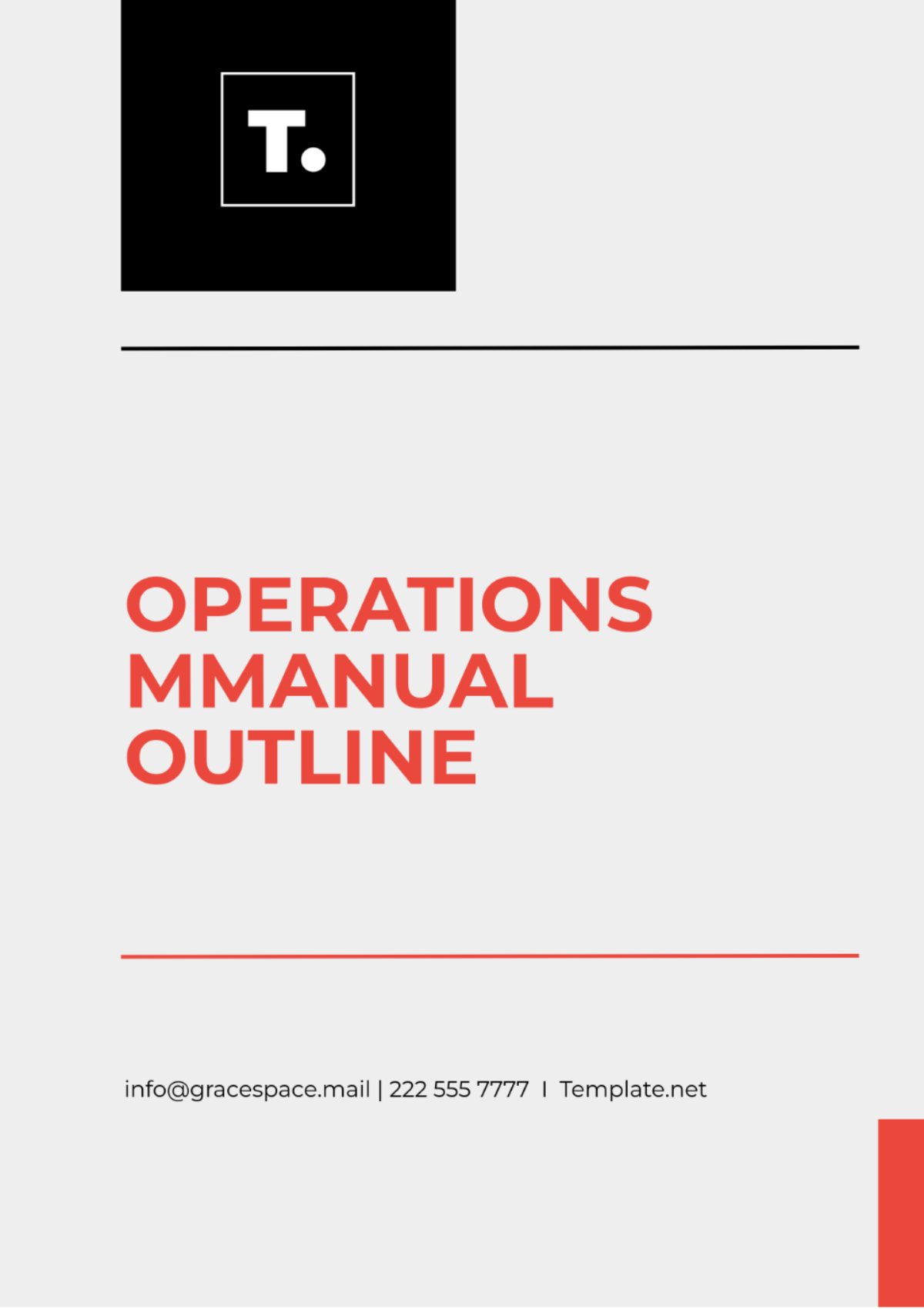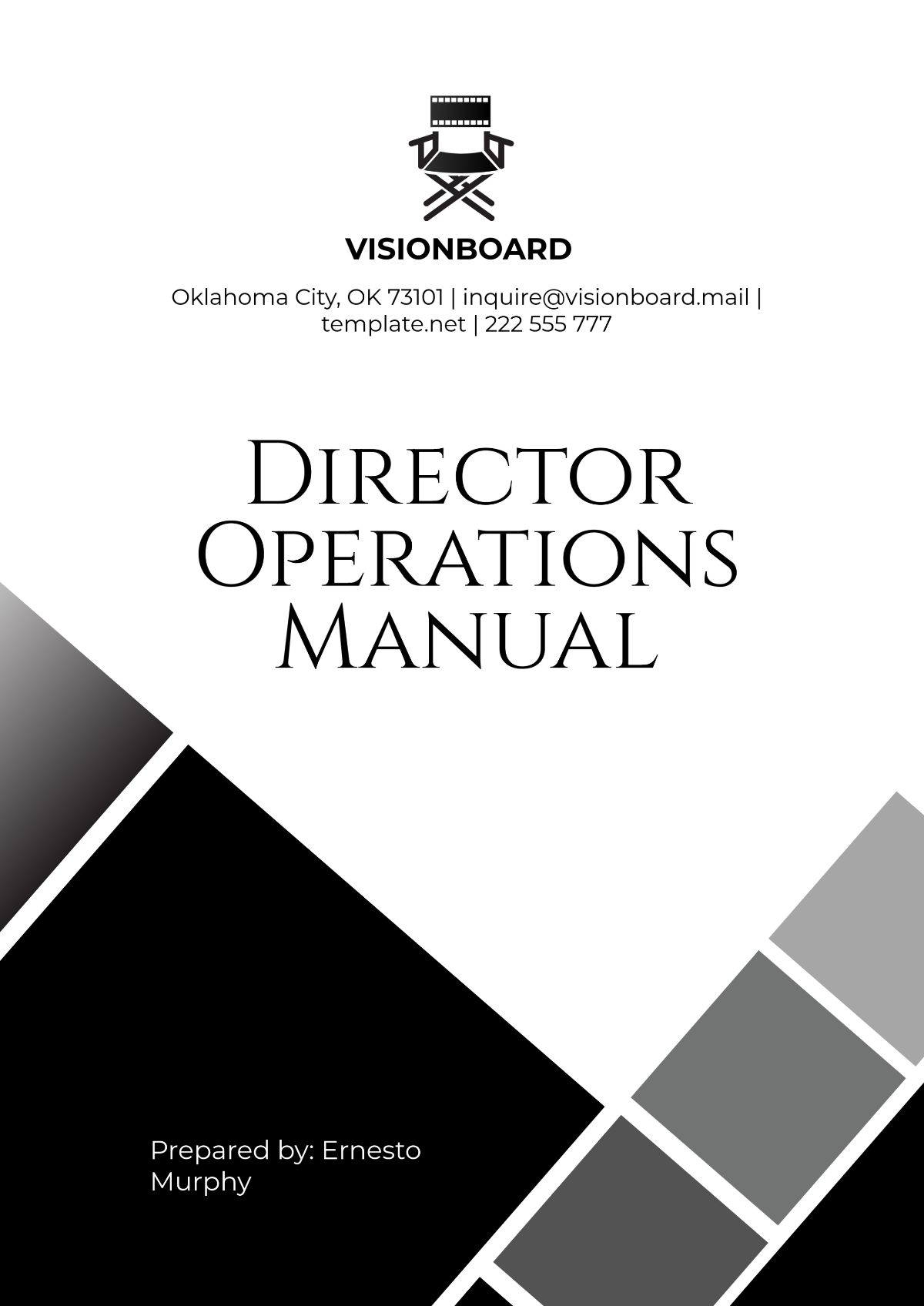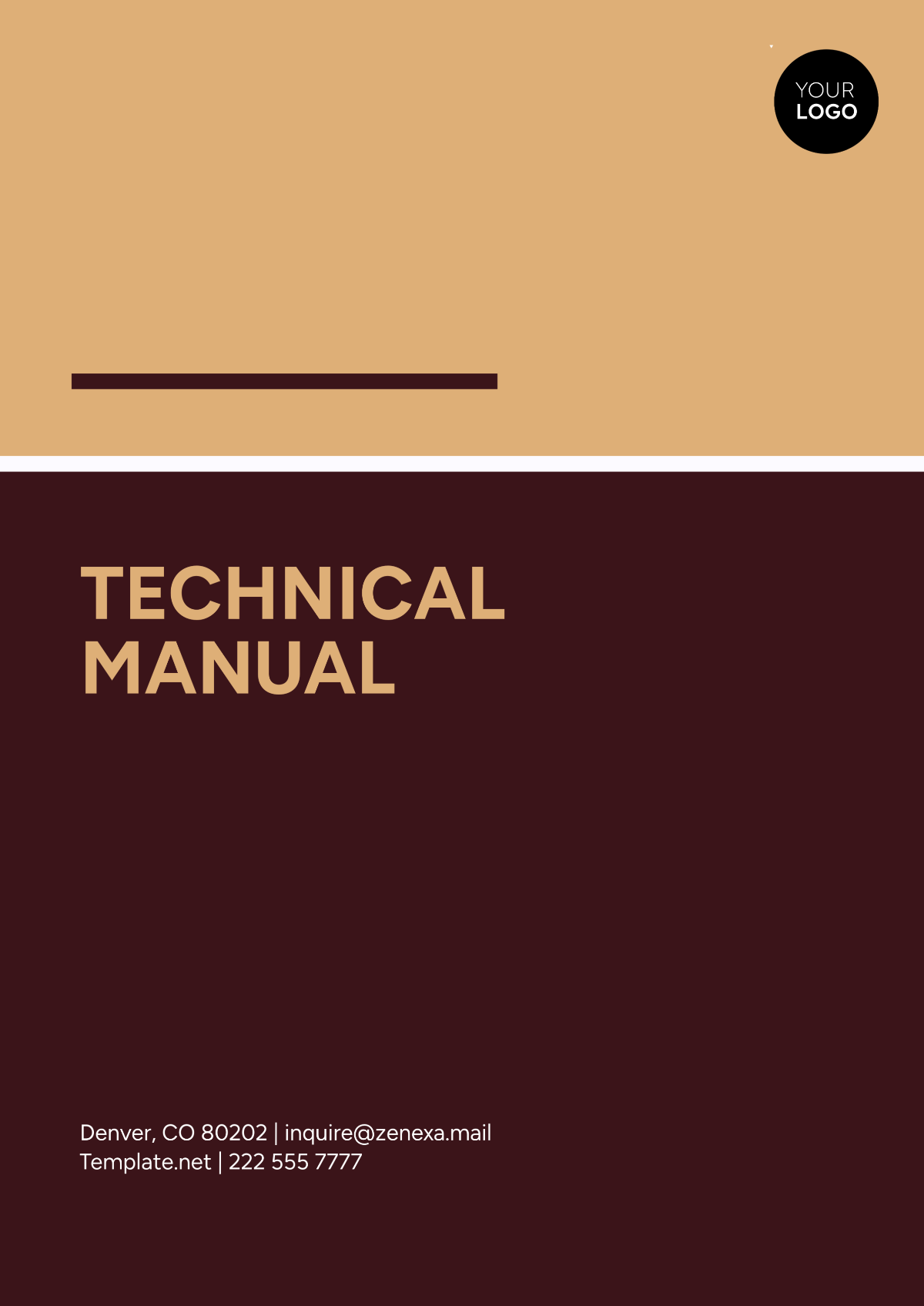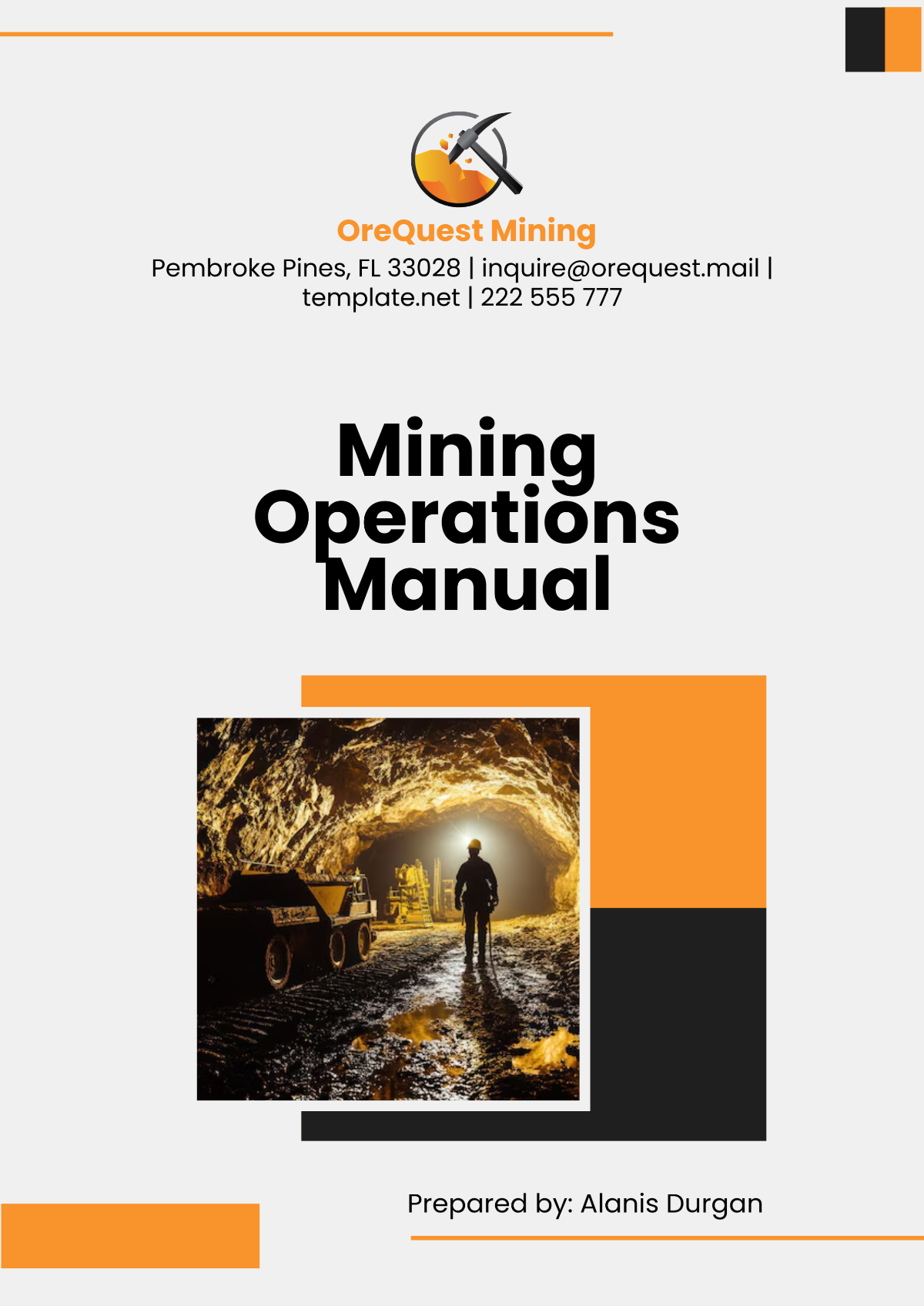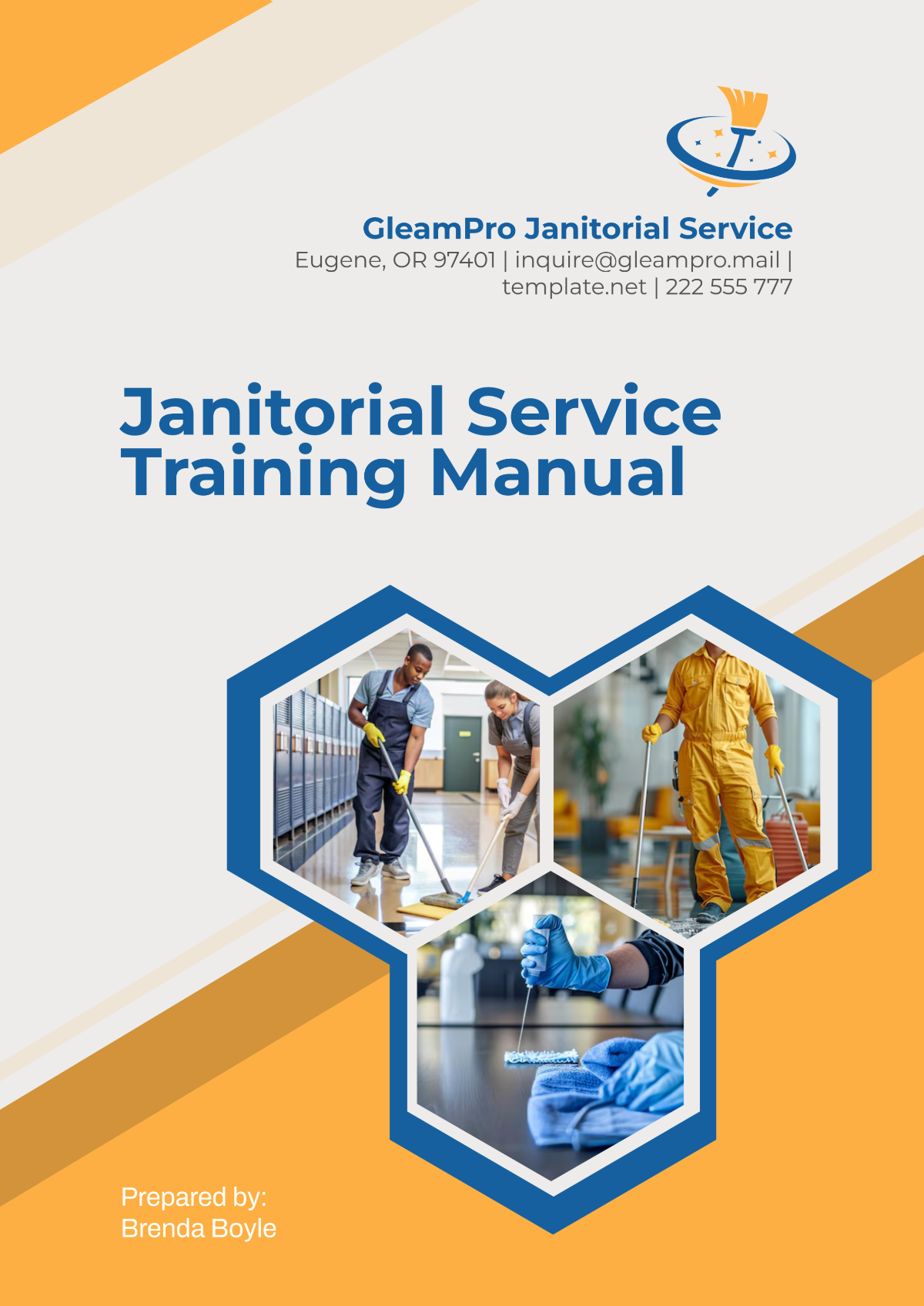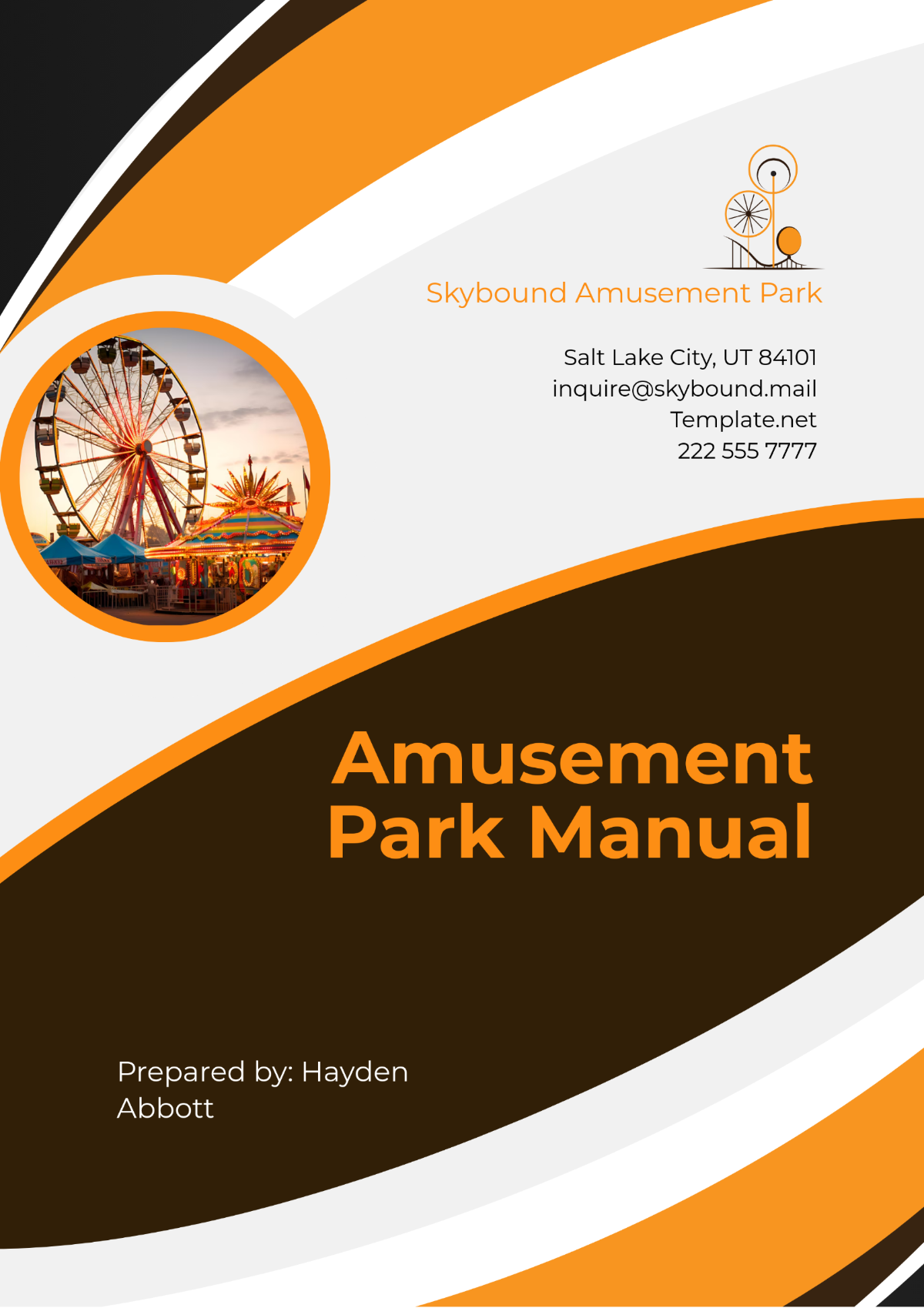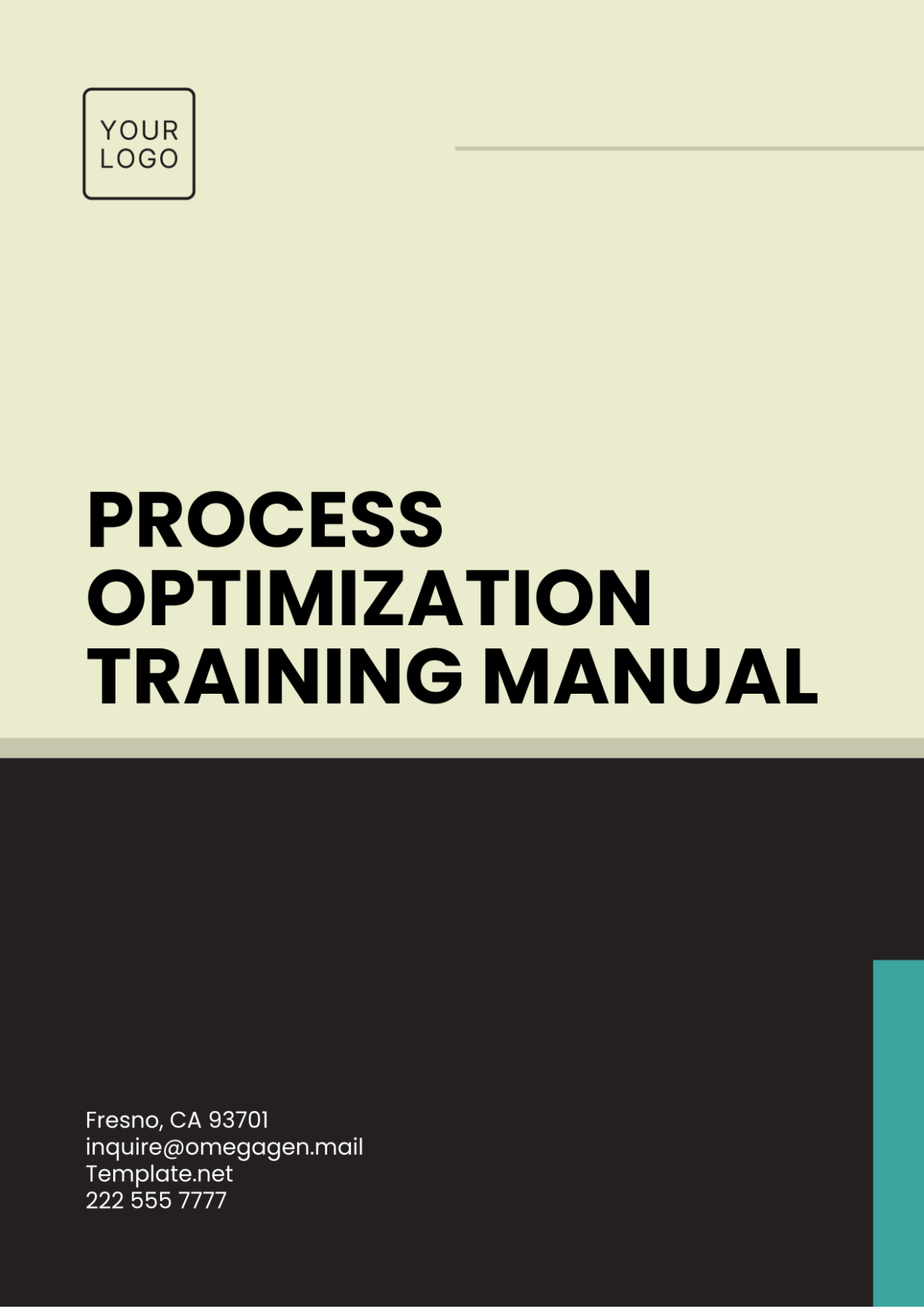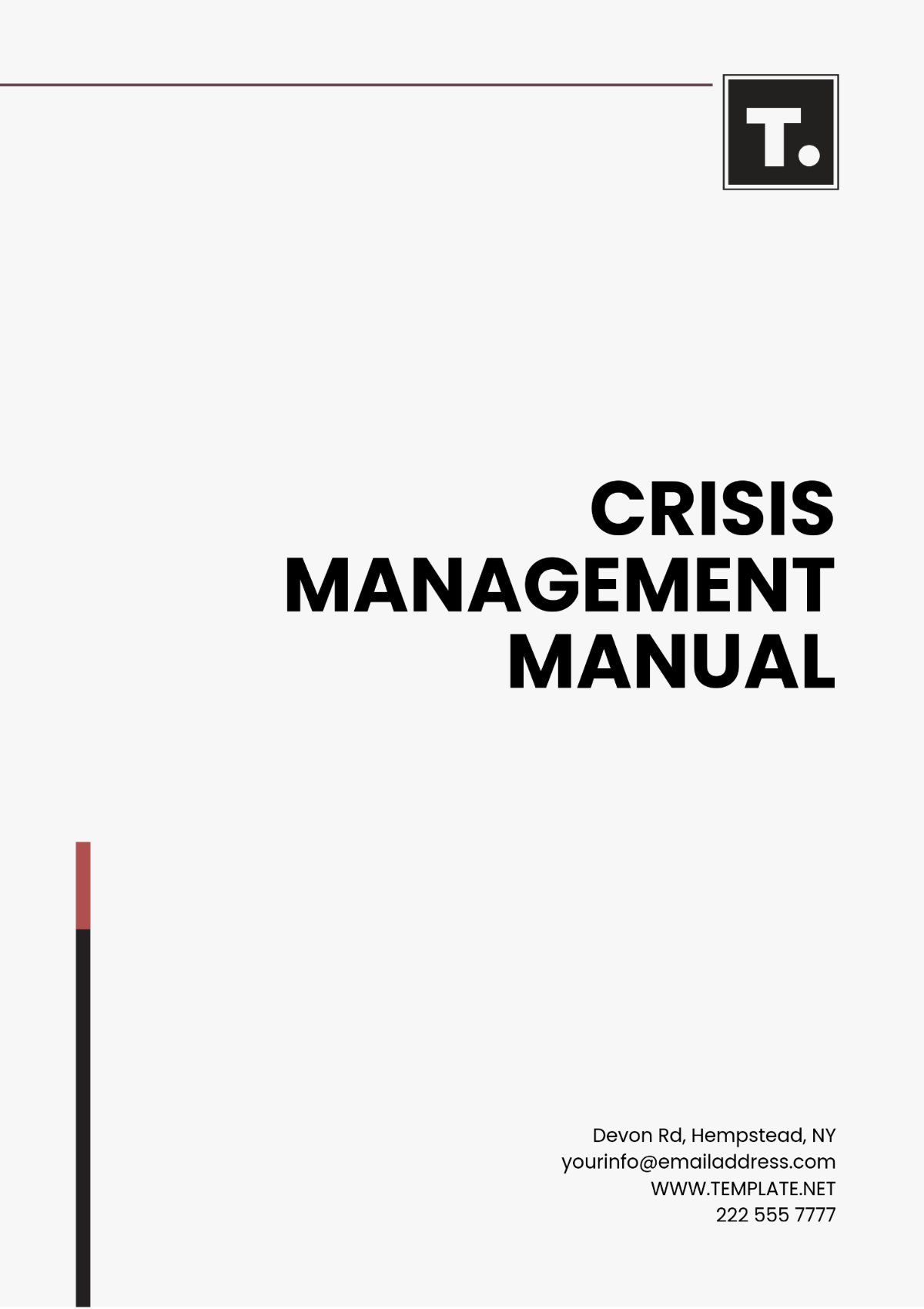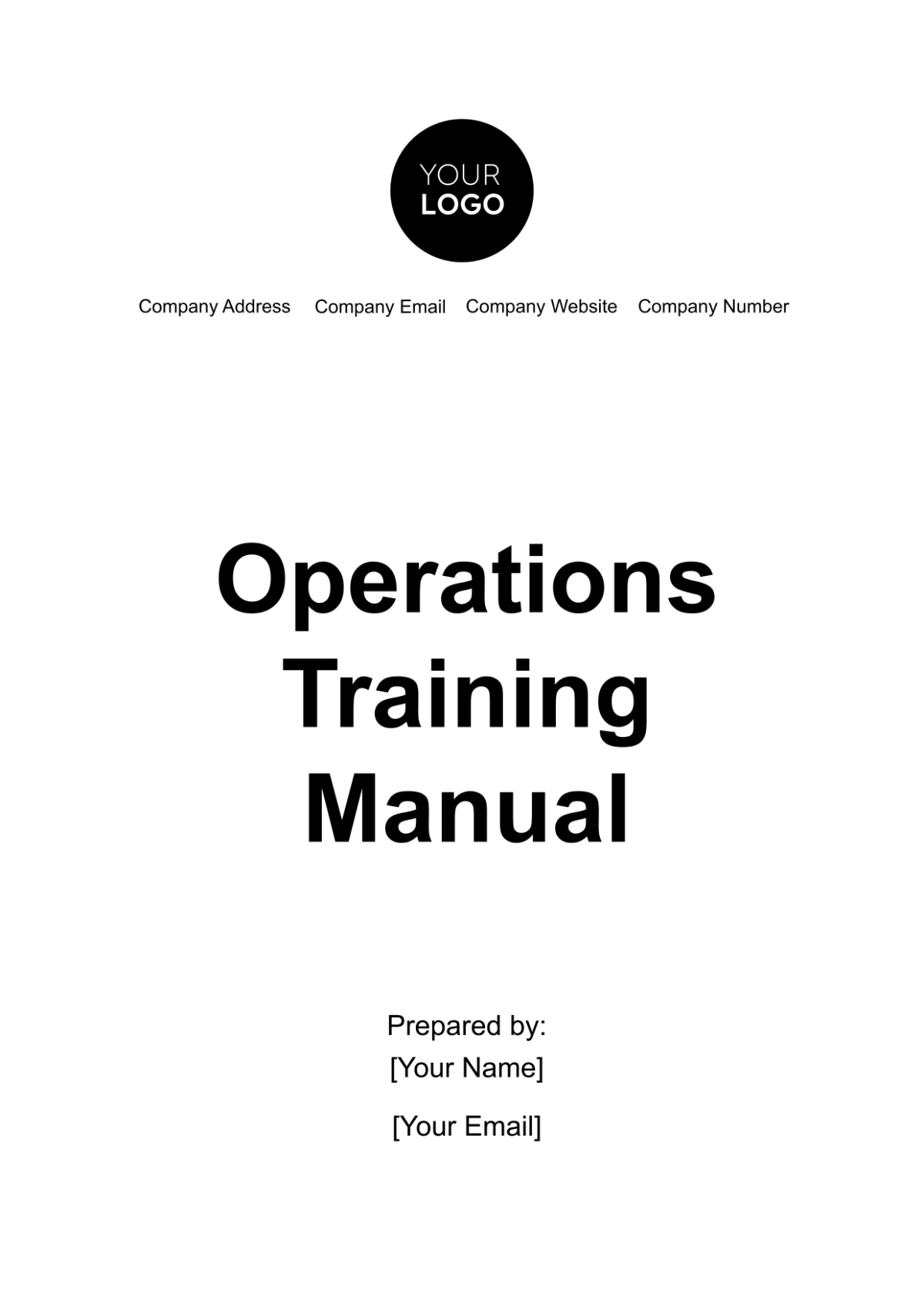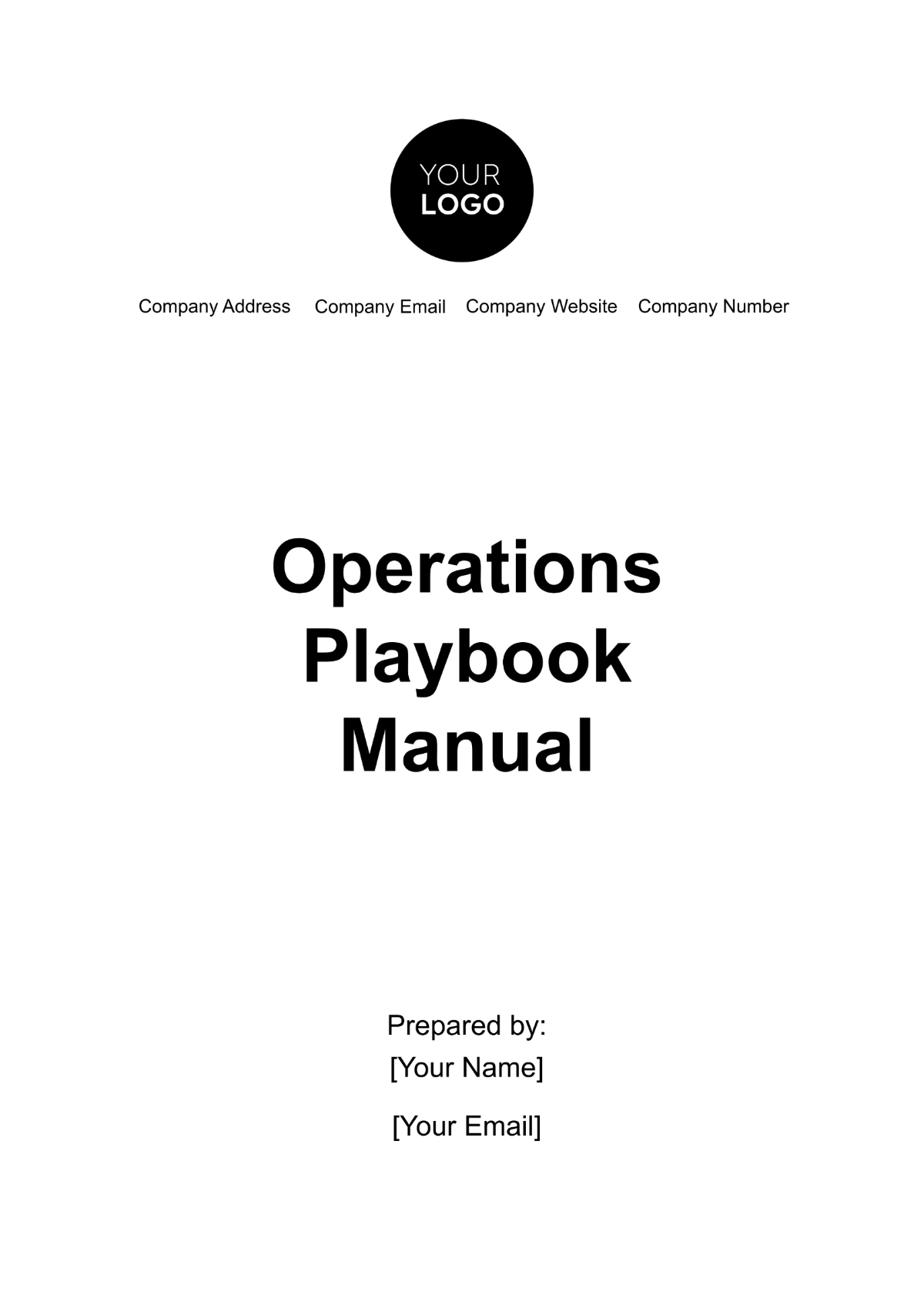I. Introduction
A. Purpose of the Manual
This manual serves as a comprehensive guide for managing our records efficiently and effectively. It outlines the procedures and principles that staff should follow to ensure that our recordkeeping practices comply with legal and regulatory requirements, support operational efficiency, and safeguard organizational information.
B. Scope of Recordkeeping Activities Covered
The scope of this manual encompasses all activities related to the creation, maintenance, access, retention, and disposal of records within our organization. This includes both physical and electronic records across all departments and units.
C. Importance of Recordkeeping in Organizational Operations
Effective recordkeeping is vital to our organization's operations. It ensures that historical and operational data are preserved for decision-making, supports compliance with legal and regulatory obligations, protects the rights of the organization, employees, and stakeholders, and contributes to the efficient management of resources.
II. Recordkeeping Policies
A. Overview of the Organization's Policies on Recordkeeping
Our recordkeeping policies are designed to ensure that records are managed in a way that is secure, systematic, and accessible. These policies support the integrity and reliability of records, ensuring they are available when needed and are protected from unauthorized access, alteration, or destruction.
B. Legal and Regulatory Compliance Requirements
We are committed to complying with all applicable legal and regulatory requirements related to recordkeeping. This includes, but is not limited to, privacy laws, industry-specific regulations, and corporate governance standards. Our recordkeeping practices are designed to meet these requirements fully, thereby mitigating legal and financial risks.
C. Roles and Responsibilities in the Recordkeeping Process
Management: Responsible for establishing and endorsing recordkeeping policies and practices, ensuring adequate resources are allocated for recordkeeping systems, and promoting a culture of compliance.
Recordkeeping Team: Tasked with implementing the recordkeeping policies, providing support and training to staff, managing the daily operations of recordkeeping systems, and ensuring the security and integrity of records.
All Employees: Required to comply with recordkeeping policies and procedures, create and maintain records according to established guidelines, and ensure that records in their custody are managed properly.
III. Classification and Control
A. Definition and Classification of Records
Records are defined as documented information, regardless of format or medium, created or received by our organization in the transaction of business activities or the fulfillment of legal obligations. Classification of records is based on their content, function, and activity, which helps in determining their retention period, access level, and disposition schedule. This systematic classification ensures efficient management and control over the lifecycle of records.
B. Guidelines for Categorizing and Indexing Records
Effective categorization and indexing of records are crucial for quick retrieval and efficient management. Follow these guidelines to ensure consistency:
Identify the primary function and activity of the record.
Assign a category from the organization’s records classification scheme.
Label records clearly with a unique identifier and include relevant metadata such as date, author, and subject matter.
Organize records in a logical order, whether by date, subject, or another relevant system, to facilitate easy retrieval.
Update the index regularly to reflect new records, changes, or disposals.
C. Control Measures to Secure Records and Ensure Privacy
To secure records and ensure privacy, we implement the following control measures:
Restrict access to records based on roles and responsibilities, ensuring that only authorized personnel can view sensitive information.
Use encryption for electronic records to protect data during transmission and storage.
Secure physical records in locked cabinets or rooms with controlled access.
Maintain logs of who accessed electronic records and what actions were taken, to monitor usage and detect unauthorized access.
Adhere to privacy policies that comply with legal standards, ensuring personal data is protected and used appropriately.
IV. Record Creation and Capture
A. Procedures for Creating Records
Creating records accurately and consistently is essential for effective recordkeeping. Follow these procedures:
Use approved formats and templates for creating records to ensure consistency.
Capture all essential information at the time of creation, including date, author, and relevant metadata.
Review records for accuracy and completeness before finalizing.
Store records promptly in the designated recordkeeping system or repository.
Register the record in the organization’s index or catalog to ensure it is trackable and retrievable.
B. Guidelines for Capturing and Recording Information Accurately
Accurate capture and recording of information are fundamental to reliable recordkeeping:
Ensure that all information captured is relevant and necessary for business or legal purposes.
Verify the accuracy of the information at the point of capture.
Record information in a timely manner to maintain its relevance and context.
Use standardized data entry conventions to ensure consistency across records.
C. Use of Templates and Standardized Forms
Templates and standardized forms play a crucial role in ensuring the consistency and accuracy of records. These tools are designed to capture all necessary information systematically and are available for a wide range of record types. Templates can be obtained from the organization’s intranet or directly from the recordkeeping team. Employees are encouraged to use these templates for common record types, such as meeting minutes, reports, and forms, to streamline the creation process and ensure uniformity across records.
V. Record Maintenance
A. Storage Solutions and Preservation Techniques
Effective storage and preservation are critical to maintaining the integrity and accessibility of records over time. We employ various solutions and techniques tailored to the nature and format of the records:
Utilize digital repositories for electronic records to ensure long-term accessibility and integrity.
Store physical records in environmentally controlled conditions to prevent deterioration.
Implement regular backups of digital records to prevent data loss.
Convert paper records to digital formats where feasible to enhance preservation and access.
Adopt standardized naming and filing conventions to maintain order and facilitate retrieval.
B. Guidelines for Handling Active and Inactive Records
The handling of records varies depending on their active or inactive status, reflecting their current need for access and use:
Review records regularly to determine their status and appropriate handling.
Transfer inactive records to less accessible storage areas or digital archives to optimize space.
Maintain easy access to active records necessary for daily operations.
Secure inactive records against unauthorized access, while ensuring they can be retrieved for legal or compliance purposes.
Dispose of inactive records that have met their retention period according to established procedures.
C. Procedures for Updating and Maintaining Record Accuracy
Maintaining the accuracy and currency of records is essential for operational efficiency and compliance:
Review records periodically to ensure their content remains accurate and relevant.
Update records as necessary to reflect changes in information or corrections.
Document any amendments or updates made to a record, including the date and nature of the change.
Verify the accuracy of information in records through cross-checks or audits.
Retain a history of changes for critical records to ensure transparency and accountability.
VI. Access and Retrieval
A. Access Controls and Permissions
Access to records is governed by strict controls and permissions to protect sensitive information and ensure compliance with privacy regulations.
User Role | Accessible Records |
Management | All records, with restrictions on sensitive personal data |
Department Heads | Records relevant to their department's operations |
Employees | Records necessary for their job functions |
HR Department | Employee records, with strict confidentiality protocols |
IT Department | System and security logs, technical records |
B. Procedures for Retrieving Records Efficiently
Efficient retrieval of records is vital for operational effectiveness and responsive decision-making:
Consult the record index or catalog to locate the desired record.
Use advanced search functionalities in digital repositories for quick access.
Request physical records from storage using the proper requisition forms.
Follow established protocols for accessing restricted or sensitive records.
Return physical records to their proper location after use to maintain order.
C. Guidelines for Sharing and Distributing Records
Sharing and distributing records must be done in a controlled manner to ensure information security and compliance:
Verify the authorization of requestors before sharing sensitive records.
Use secure channels for distributing digital records, such as encrypted emails or secure file-sharing platforms.
Maintain logs of record distribution to track the movement and access of sensitive information.
Adhere to legal and regulatory requirements when sharing records externally.
Inform recipients of any confidentiality or handling instructions associated with the records.
VII. Retention and Disposal
A. Retention Schedules and Criteria for Different Record Types
Retention schedules are essential for managing the lifecycle of records, ensuring that records are kept for as long as they are needed for legal, operational, or historical reasons, and no longer. The following table outlines the retention schedules and criteria for different types of records:
Record Type | Retention Period | Criteria |
Financial Records | 7 years | Compliance with tax laws |
Employee Records | 5 years post-employment | Labor law requirements |
Customer Data | 3 years or as per consent | Data protection regulations |
Operational Records | 5 years | Operational necessity and historical value |
Contractual Documents | 7 years after expiration | Legal obligations and disputes |
B. Procedures for the Secure Disposal and Destruction of Records
Once records have reached the end of their retention period, they must be disposed of securely to protect sensitive information:
Review records against the retention schedule to confirm eligibility for disposal.
Shred or otherwise physically destroy paper records to prevent reconstruction.
Wipe or degauss electronic records to securely erase data.
Use certified disposal services for sensitive or large volumes of records.
Record the disposal activity, including the method and date of destruction.
C. Documentation of Disposal Activities
Documenting disposal activities is critical for accountability and compliance. We maintain a disposal log that includes the record type, volume of records destroyed, method of destruction, date of disposal, and the personnel responsible. This documentation ensures a clear audit trail and compliance with regulatory requirements.
VIII. Digital Recordkeeping
A. Guidelines for Managing Electronic Records
Managing electronic records effectively requires adherence to specific guidelines to ensure their integrity, accessibility, and security:
Classify electronic records according to the organizational classification scheme.
Store electronic records in designated repositories with controlled access.
Backup records regularly to prevent loss due to system failures.
Monitor the size and growth of digital repositories to ensure scalability.
Apply metadata consistently for easy retrieval and management.
B. Digital Storage Solutions and Security Measures
Selecting appropriate digital storage solutions and implementing robust security measures are crucial for protecting electronic records:
Utilize cloud storage solutions for scalability and remote access.
Encrypt sensitive records to protect data during storage and transmission.
Implement access controls to restrict unauthorized viewing or alteration.
Regularly update security software to protect against malware and cyber threats.
Conduct periodic security audits to identify and address vulnerabilities.
C. Procedures for Converting Physical Records to Digital Format
Converting physical records to digital format enhances accessibility and reduces storage costs:
Select records for digitization based on usage, value, and condition.
Use high-quality scanning equipment to ensure legibility and fidelity.
Capture metadata for each record during the scanning process.
Verify the quality of digital copies against the original documents.
Dispose of physical records securely if they are no longer needed.
IX. Audit and Compliance
A. Procedures for Conducting Recordkeeping Audits
Regular audits of our recordkeeping practices are crucial to ensure compliance and identify areas for improvement. The following steps outline our audit process:
Plan the audit by identifying the scope, objectives, and key areas of focus.
Review relevant policies, procedures, and documentation to understand the current recordkeeping framework.
Interview staff involved in recordkeeping processes to gather insights on practices and challenges.
Inspect a sample of records and recordkeeping systems for compliance with policies and legal requirements.
Report findings, including any non-compliance issues or areas for improvement.
Recommend actionable steps to address identified issues.
B. Compliance Monitoring and Reporting
Compliance monitoring involves regular reviews of our recordkeeping practices against legal, regulatory, and policy requirements. We utilize a combination of automated systems and manual checks to monitor compliance. Reporting involves summarizing compliance status, highlighting areas of concern, and documenting any breaches or incidents. This information is reported to management and relevant regulatory bodies as required, ensuring transparency and accountability.
C. Corrective Actions and Continuous Improvement Processes
When non-compliance or areas for improvement are identified, we follow a structured approach to implement corrective actions:
Assess the root cause of the issue to understand the underlying problems.
Develop a corrective action plan that outlines the steps needed to address the issue.
Implement the corrective actions, allocating necessary resources and support.
Monitor the effectiveness of these actions over time to ensure the issue is resolved.
Incorporate lessons learned into our policies and procedures to prevent recurrence, fostering a culture of continuous improvement.
X. Training and Awareness
Ensuring that all employees are aware of their recordkeeping responsibilities and know how to manage records effectively is critical. Our training and awareness programs are designed to meet these needs:
Program | Duration | Frequency |
Introduction to Recordkeeping | 2 hours | Annually |
Digital Recordkeeping Best Practices | 1 hour | Bi-annually |
Compliance and Legal Requirements | 1.5 hours | Annually |
Advanced Record Management | 2 hours | As needed |
Emergency Preparedness and Records Recovery | 1 hour | Bi-annually |

